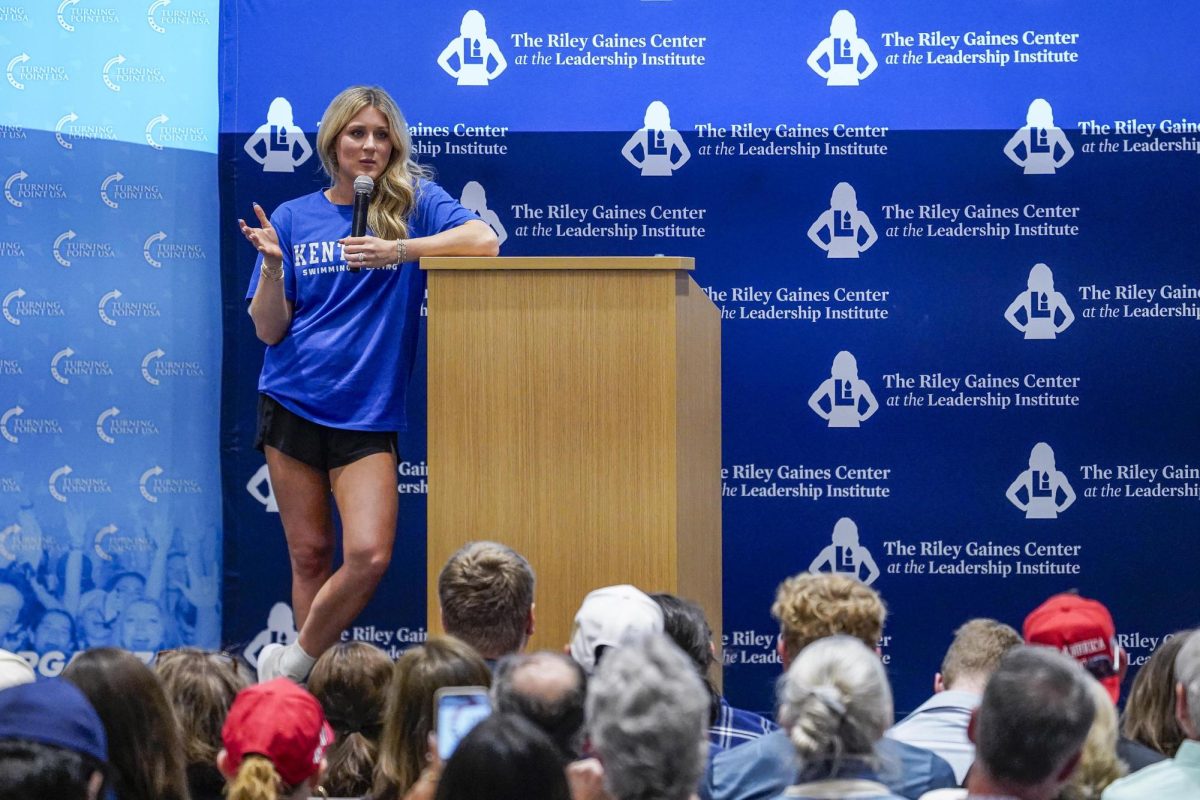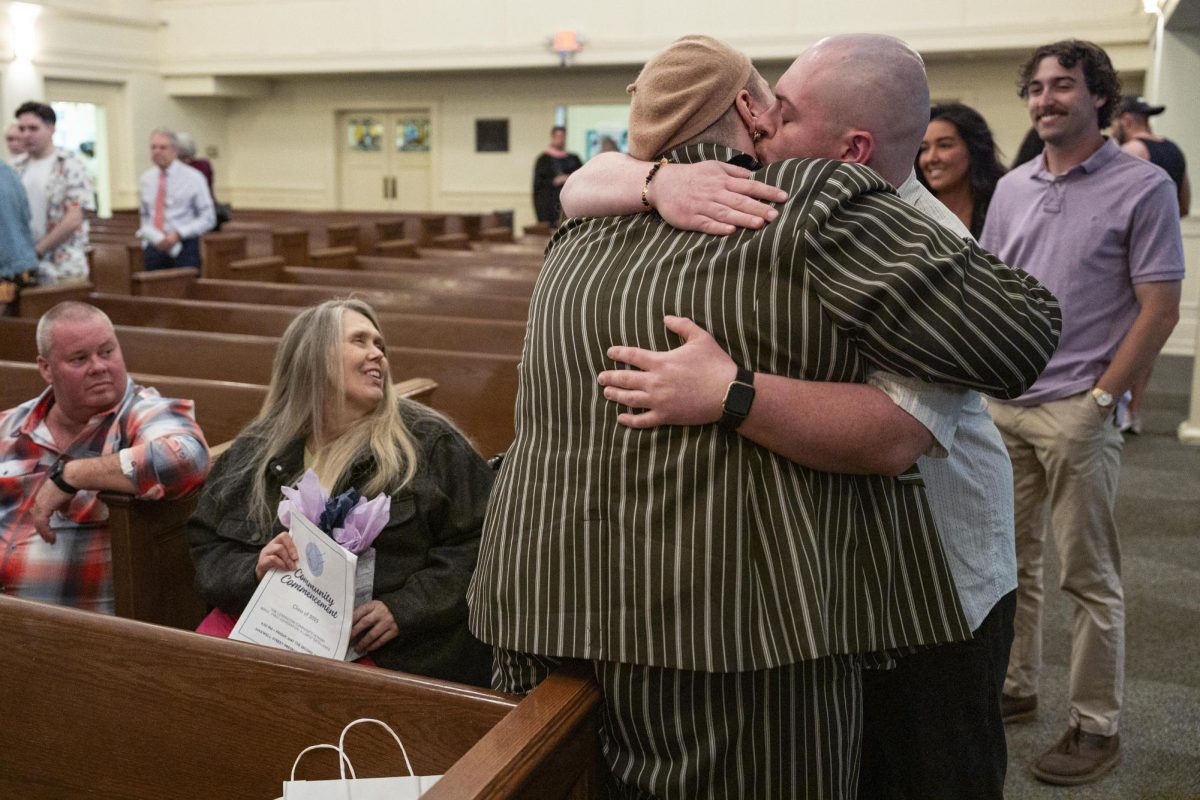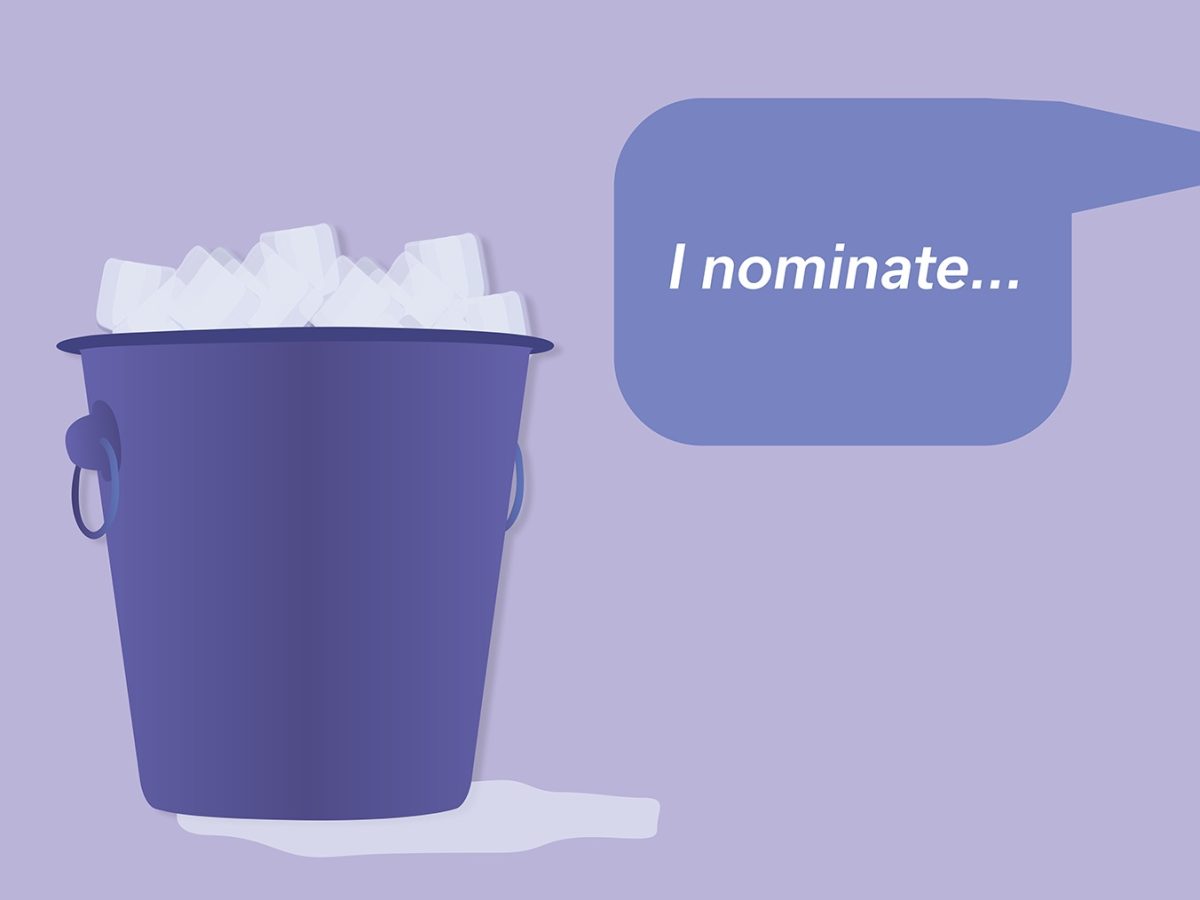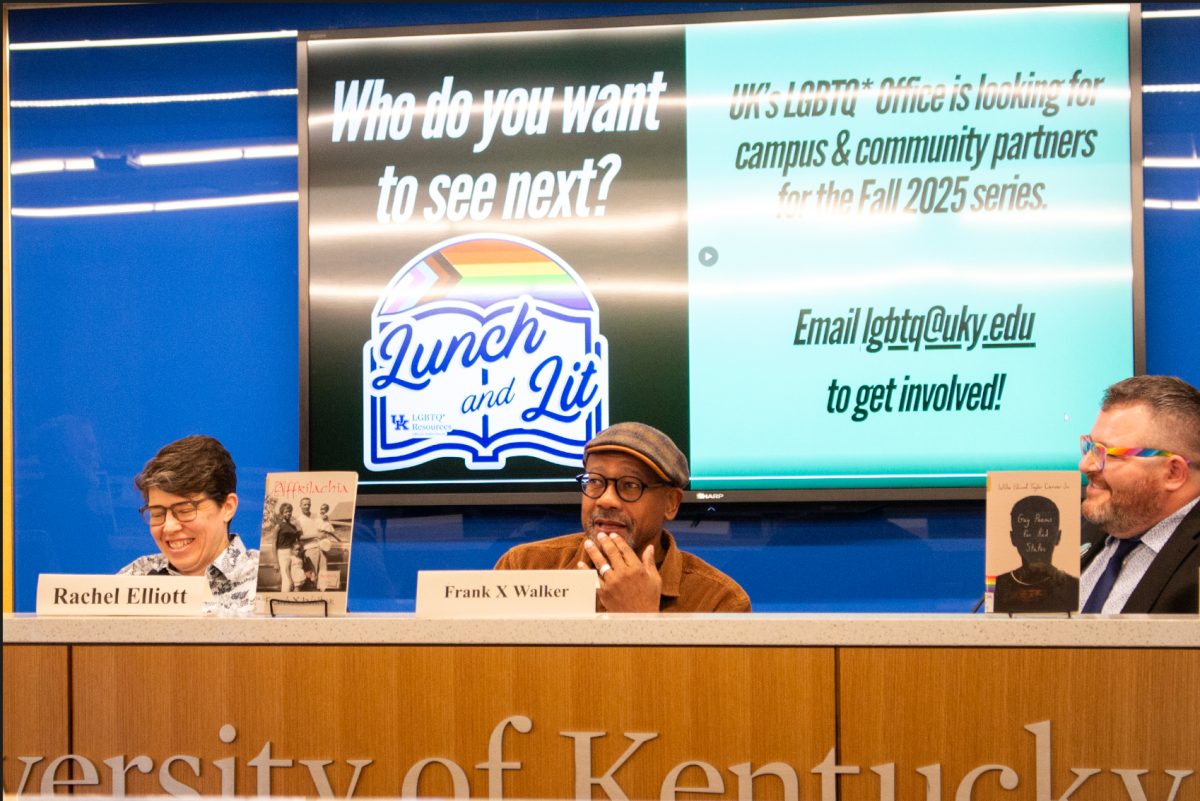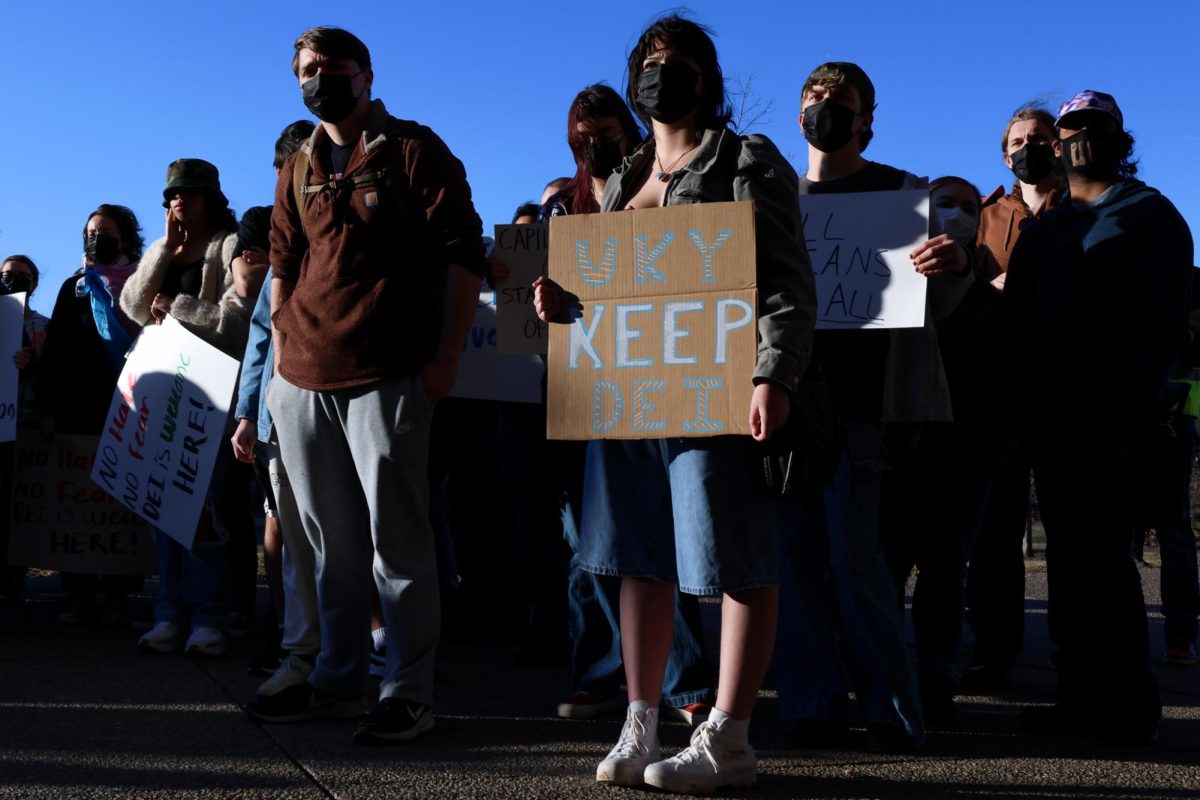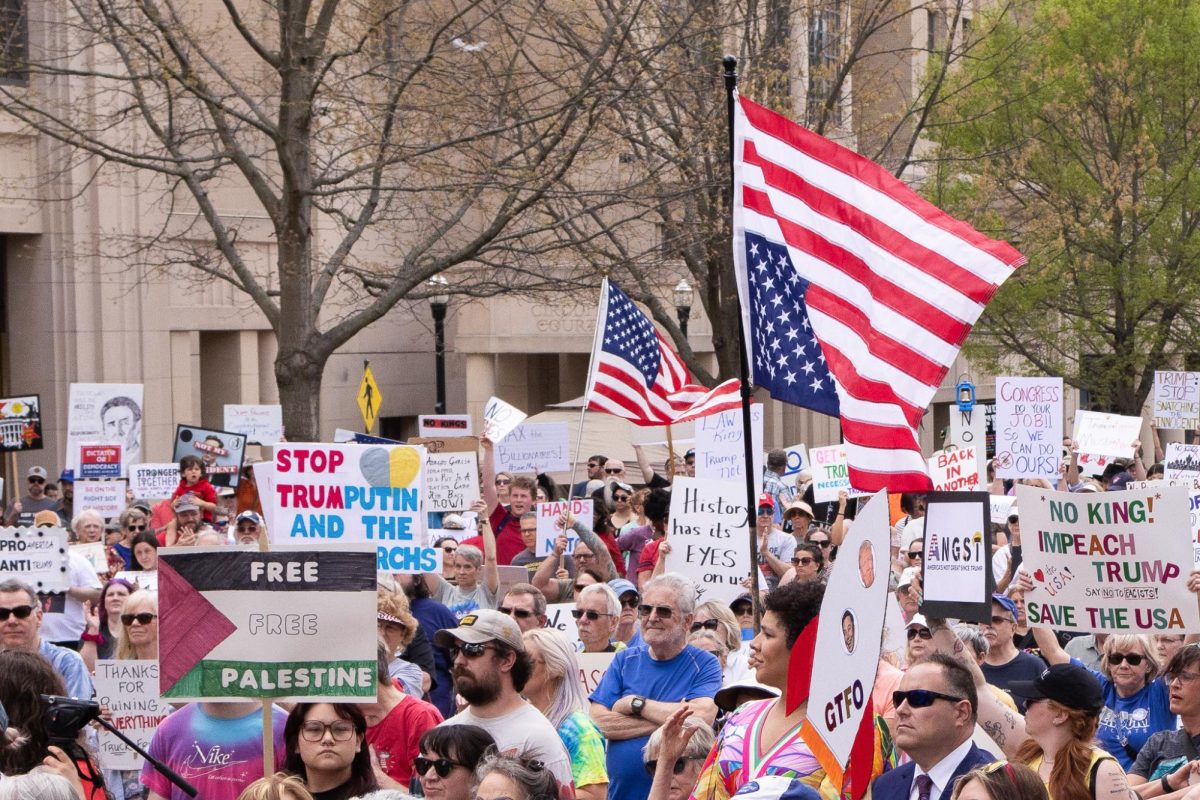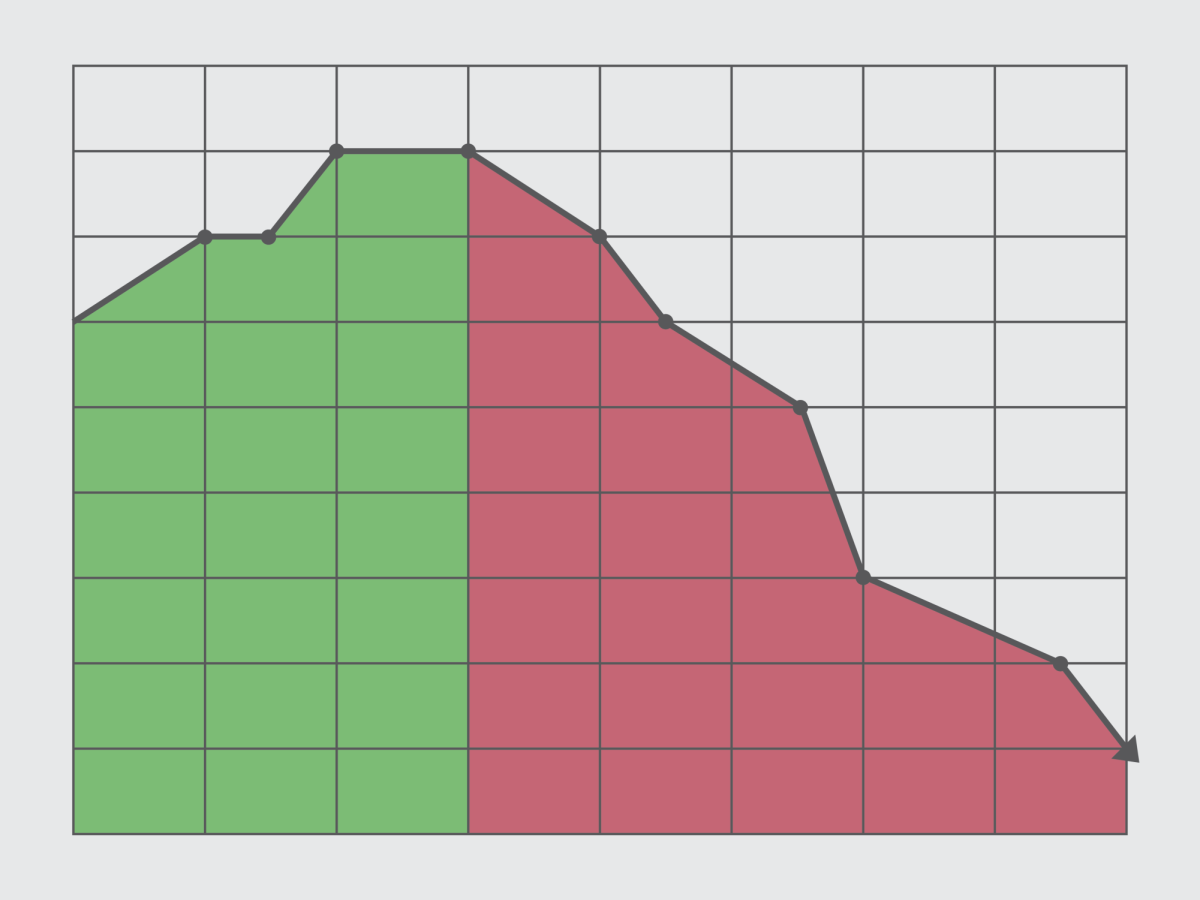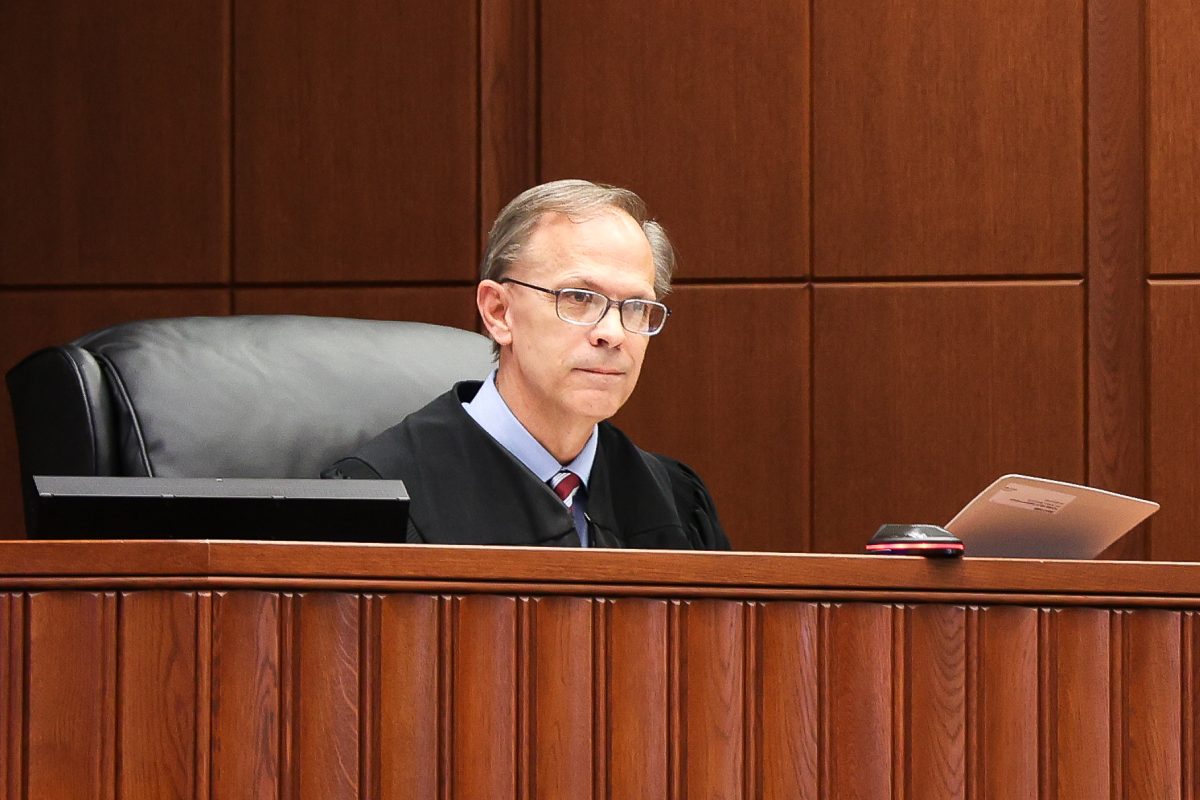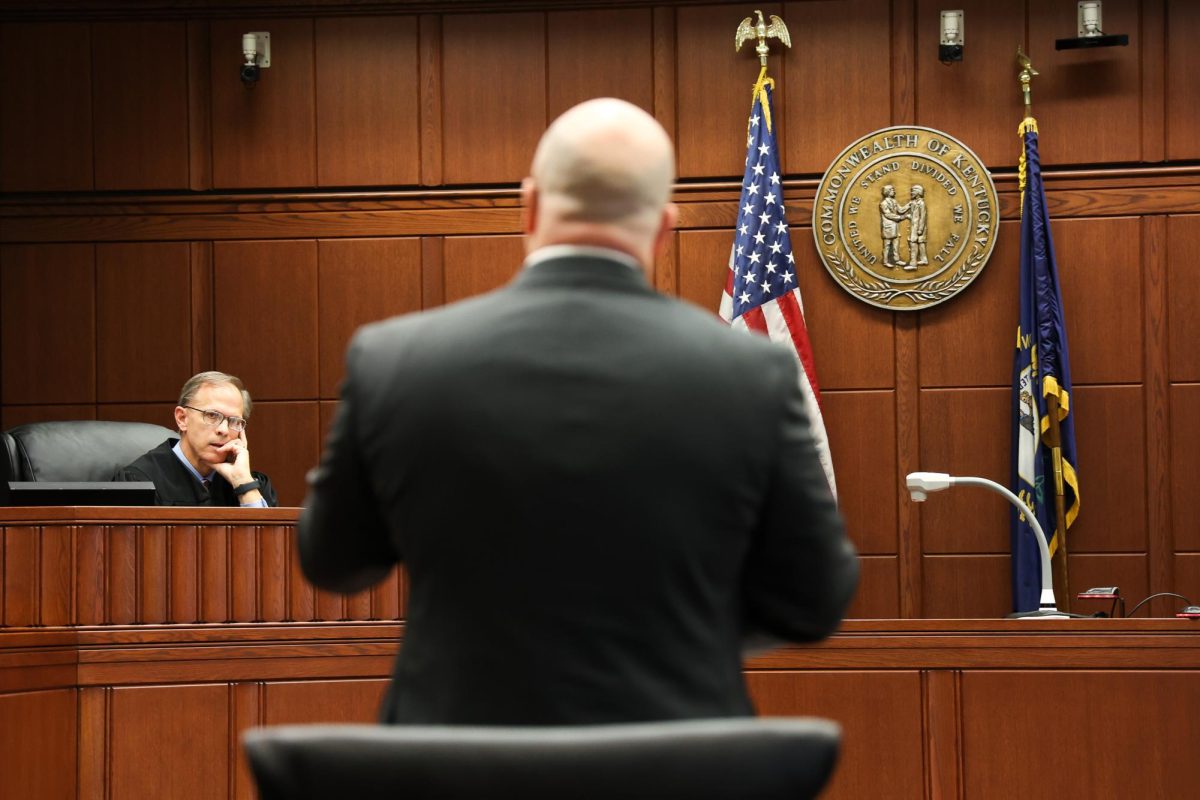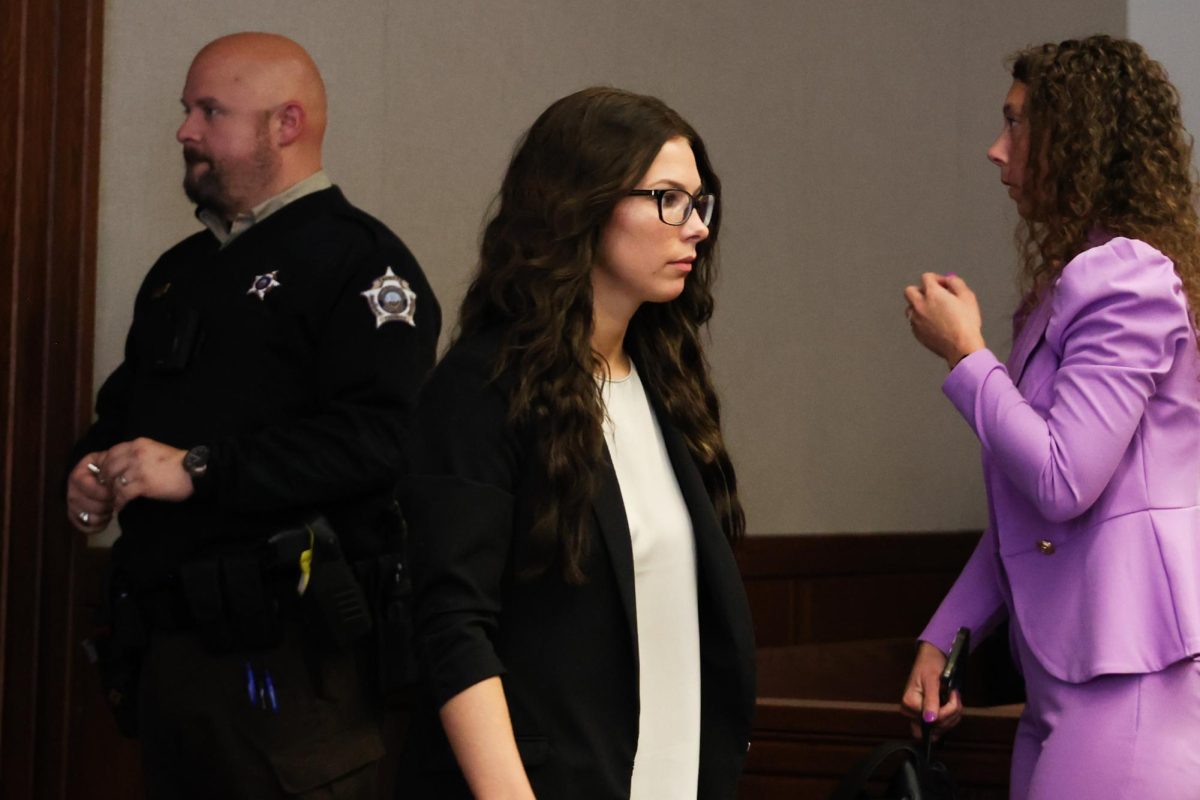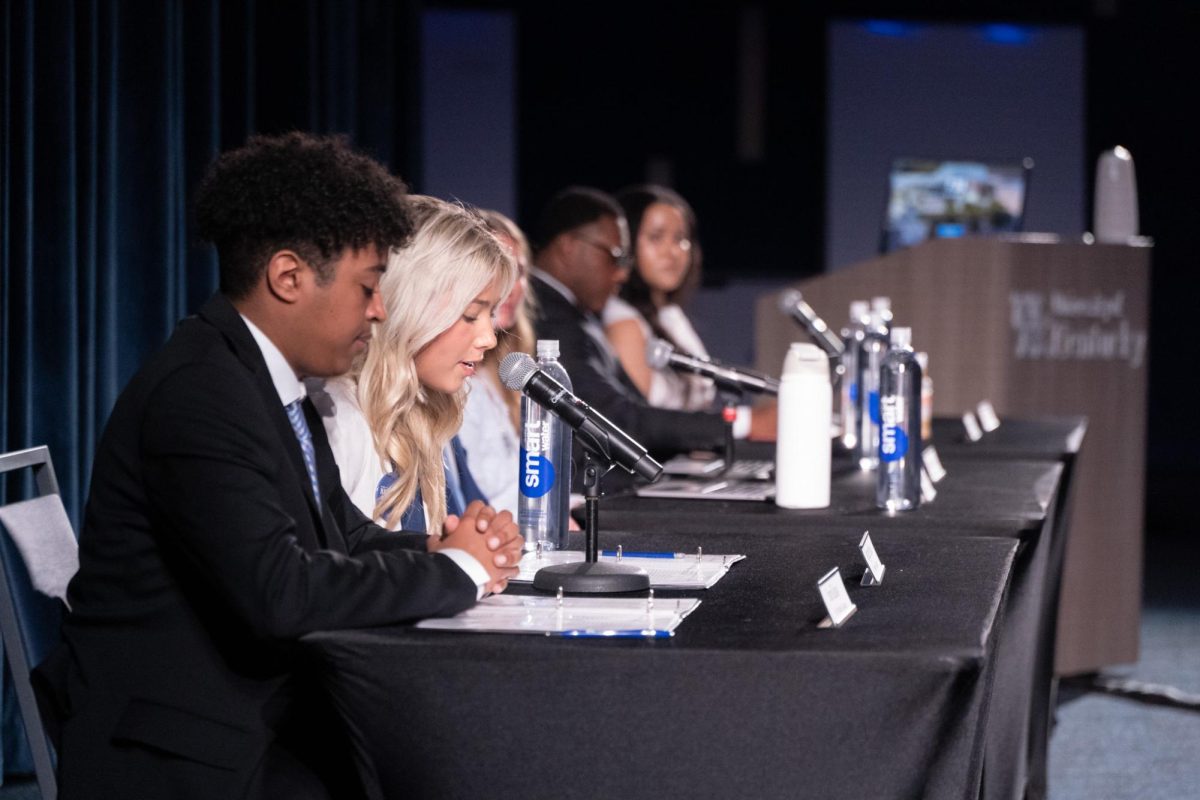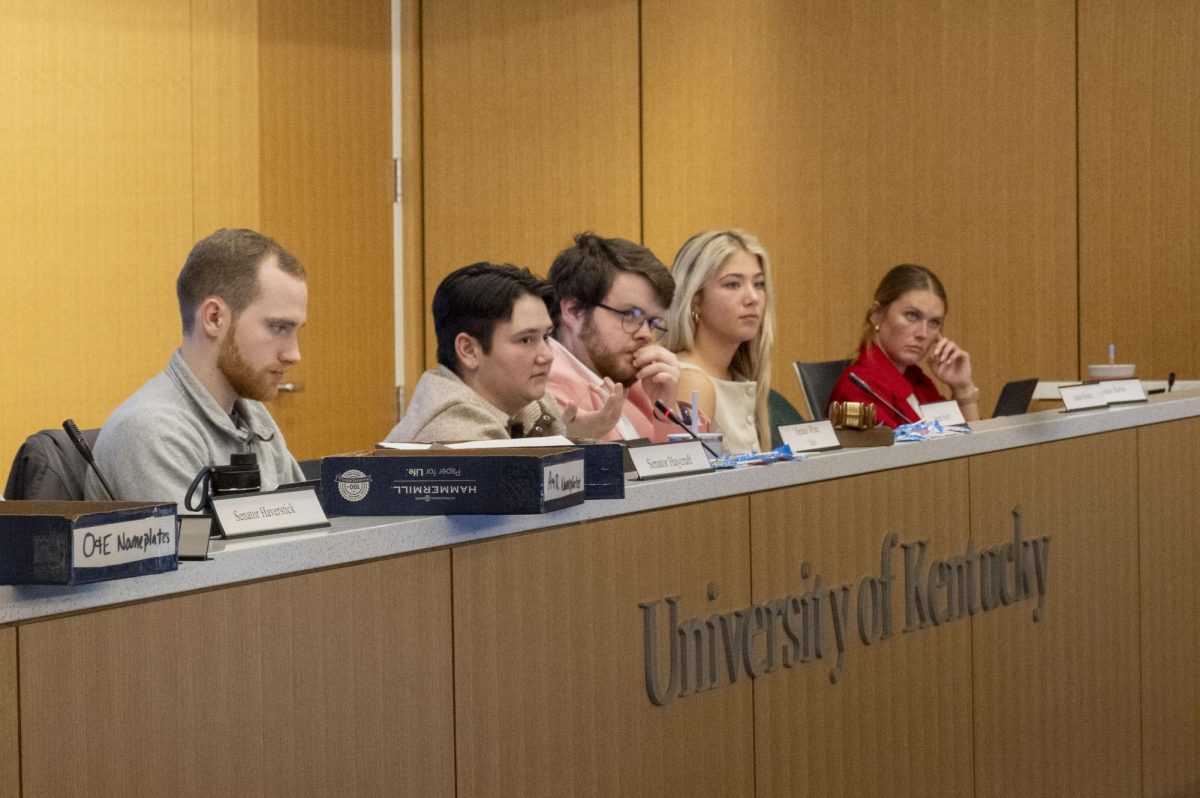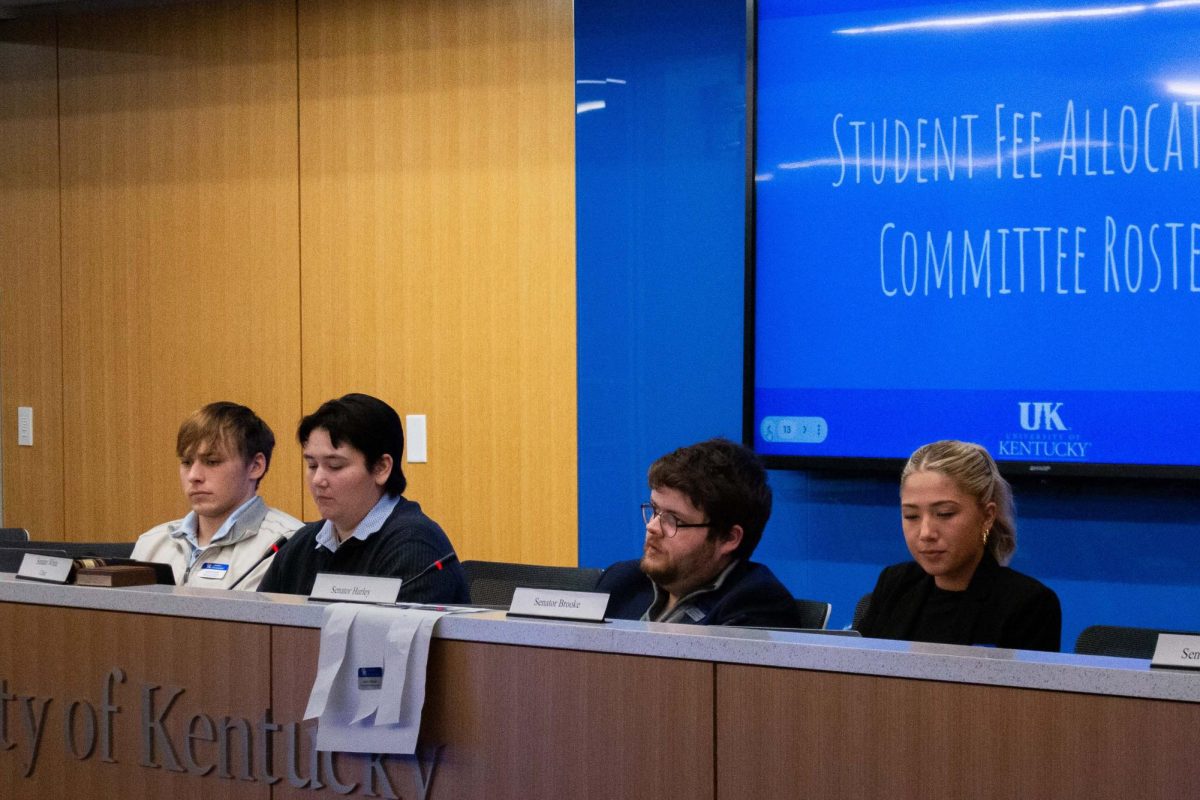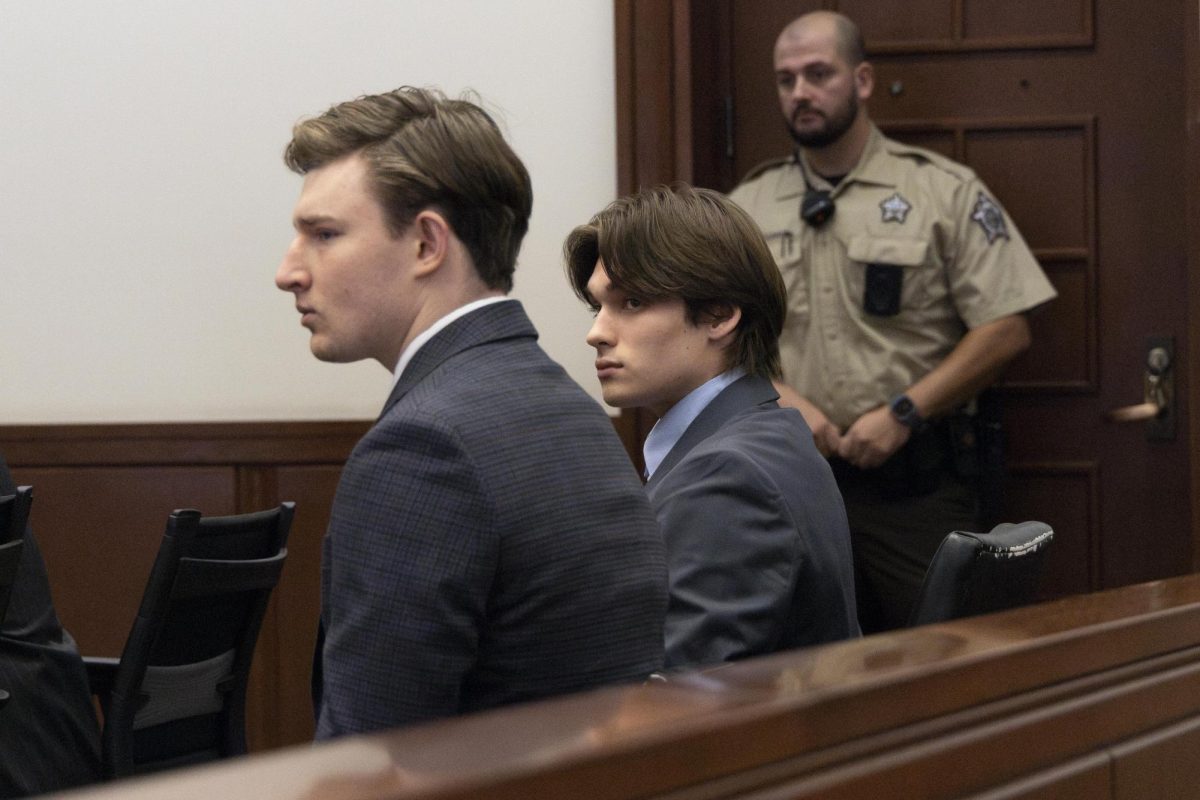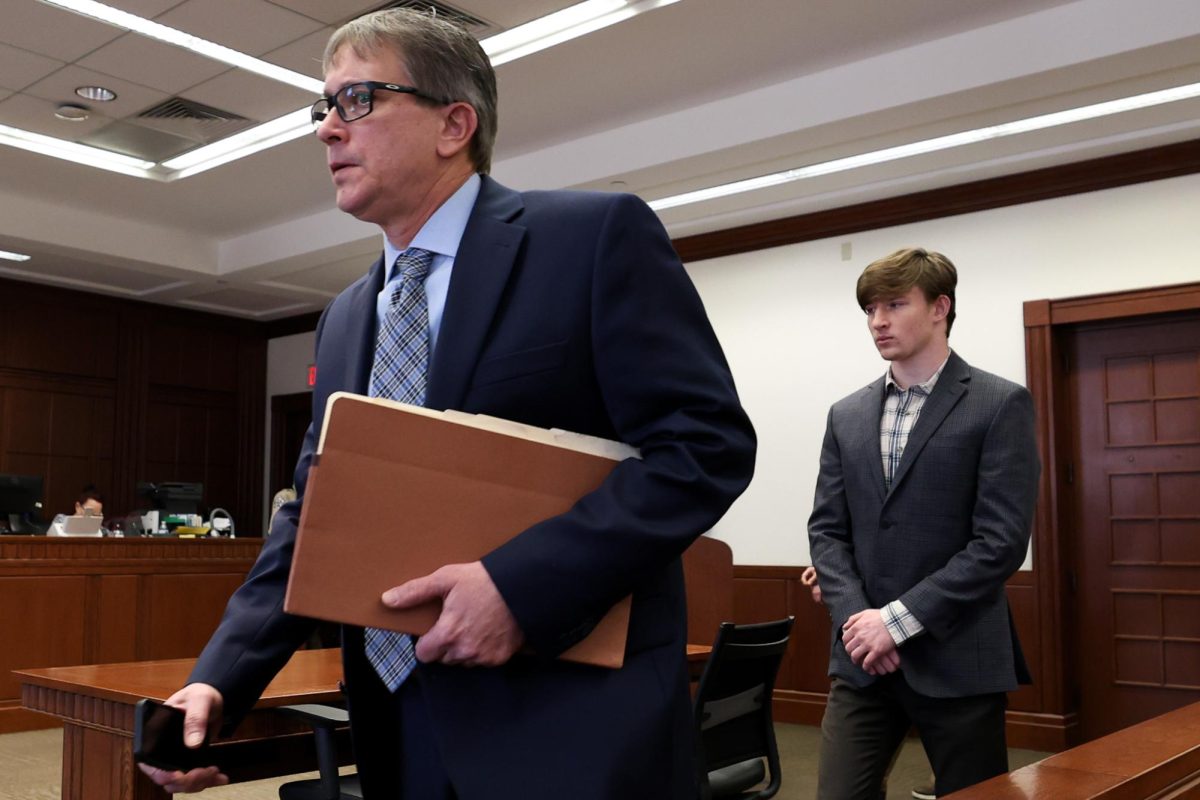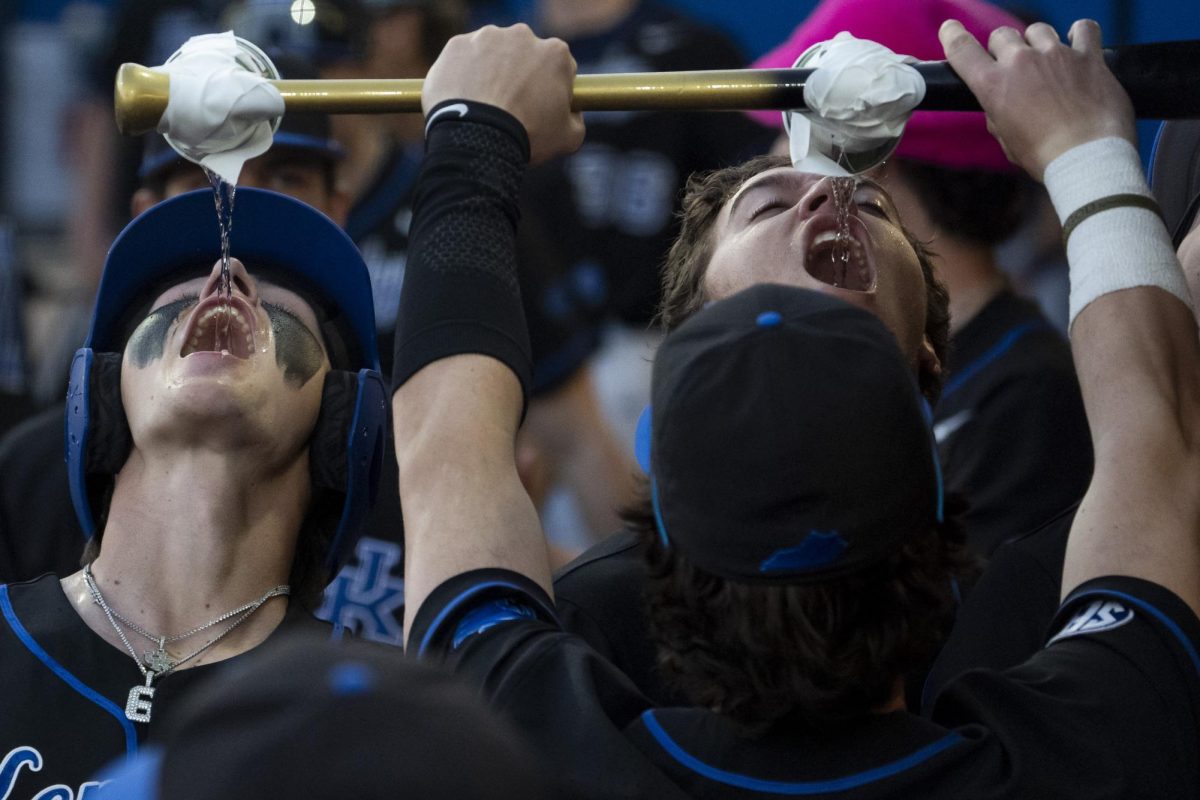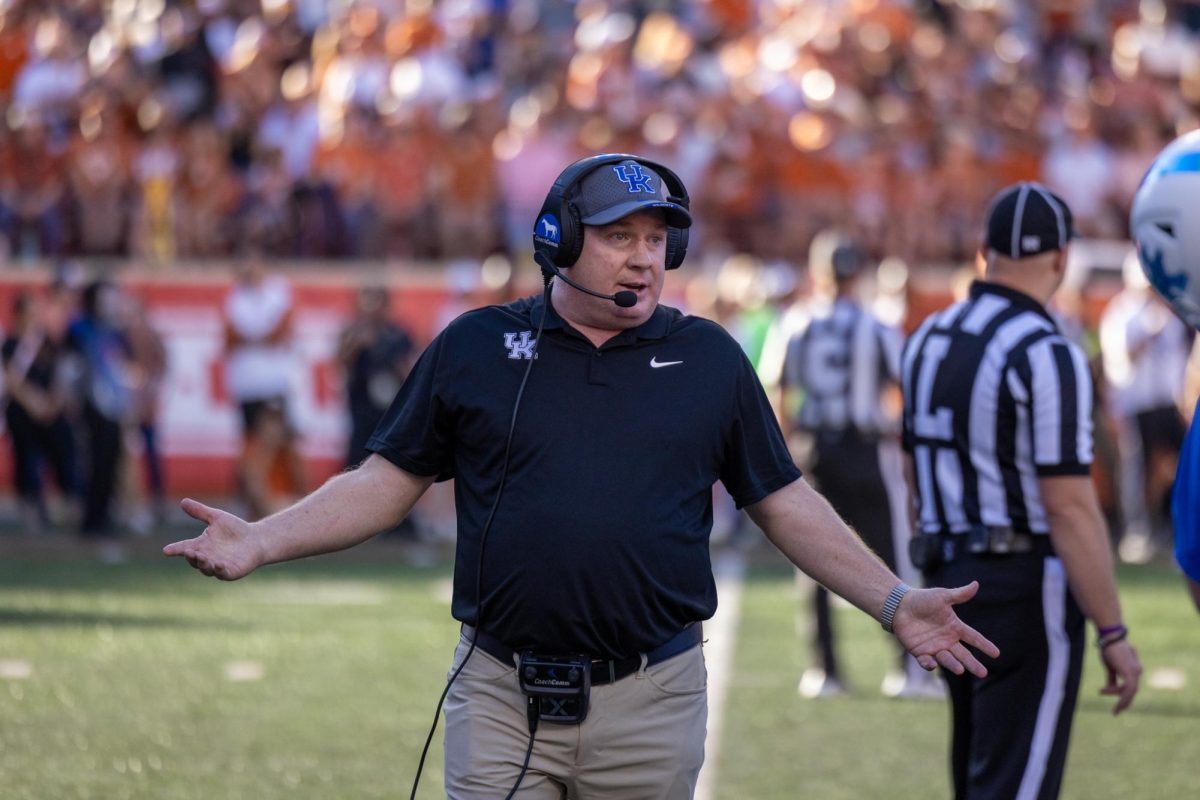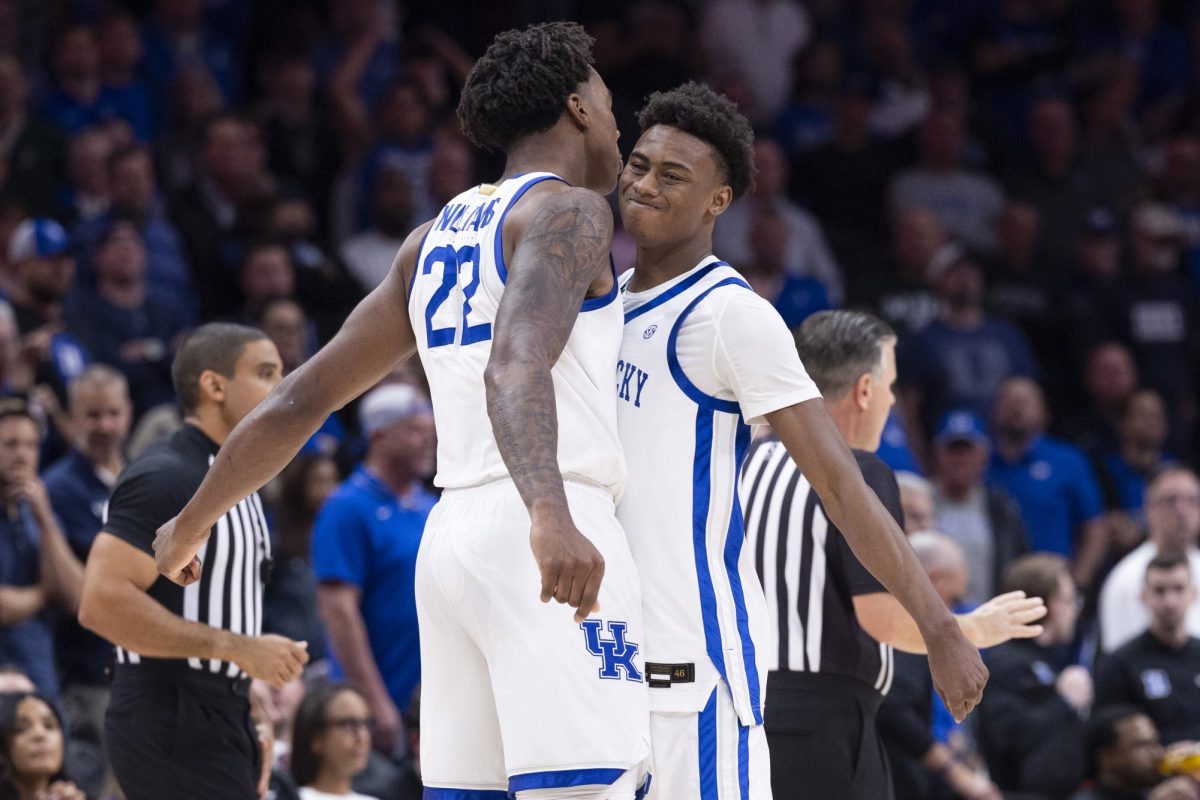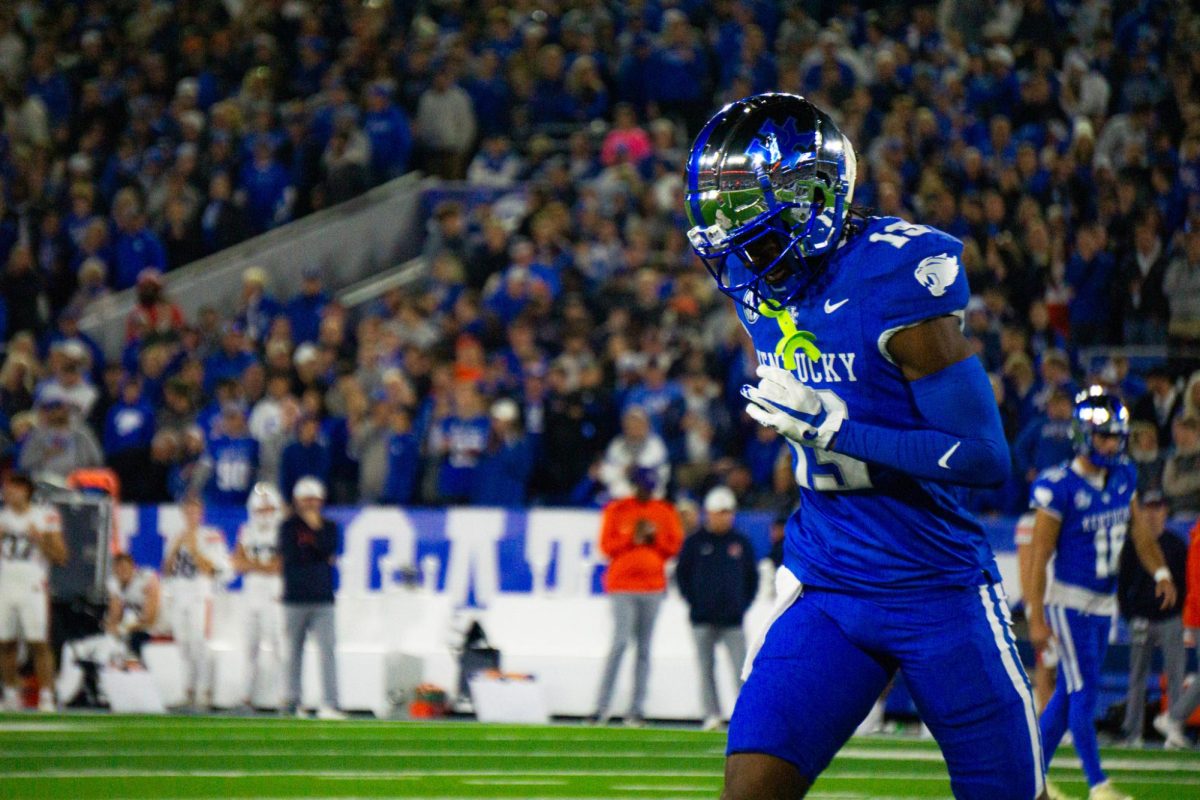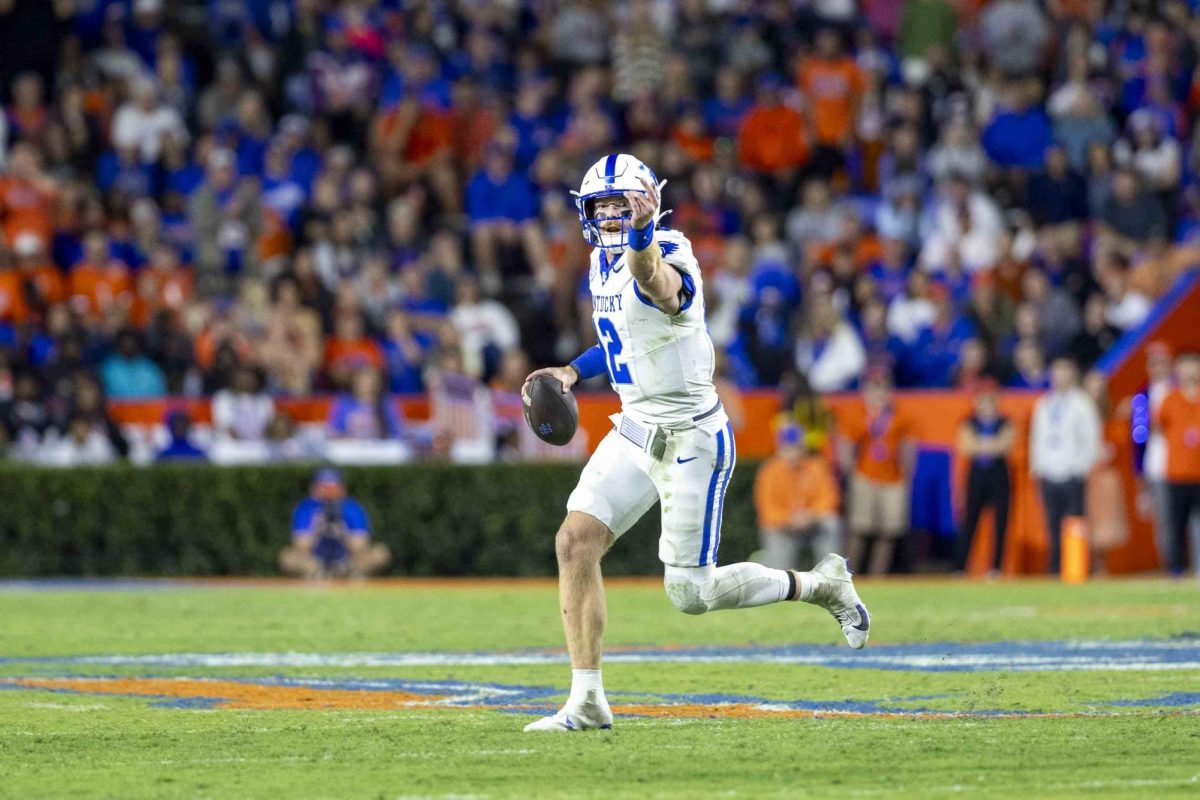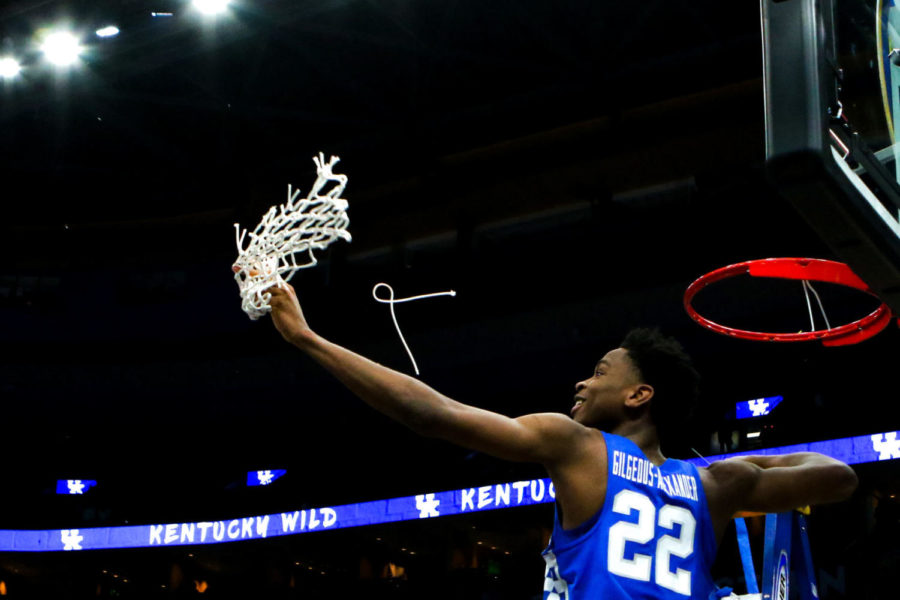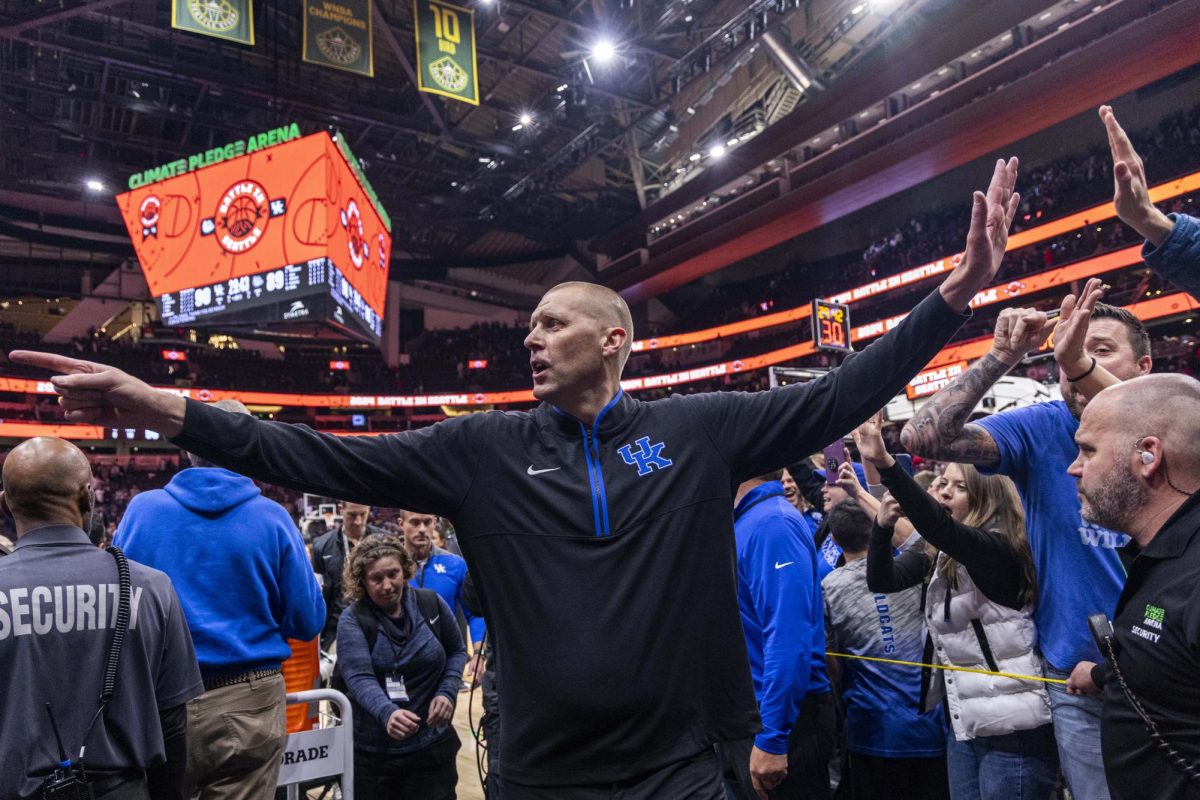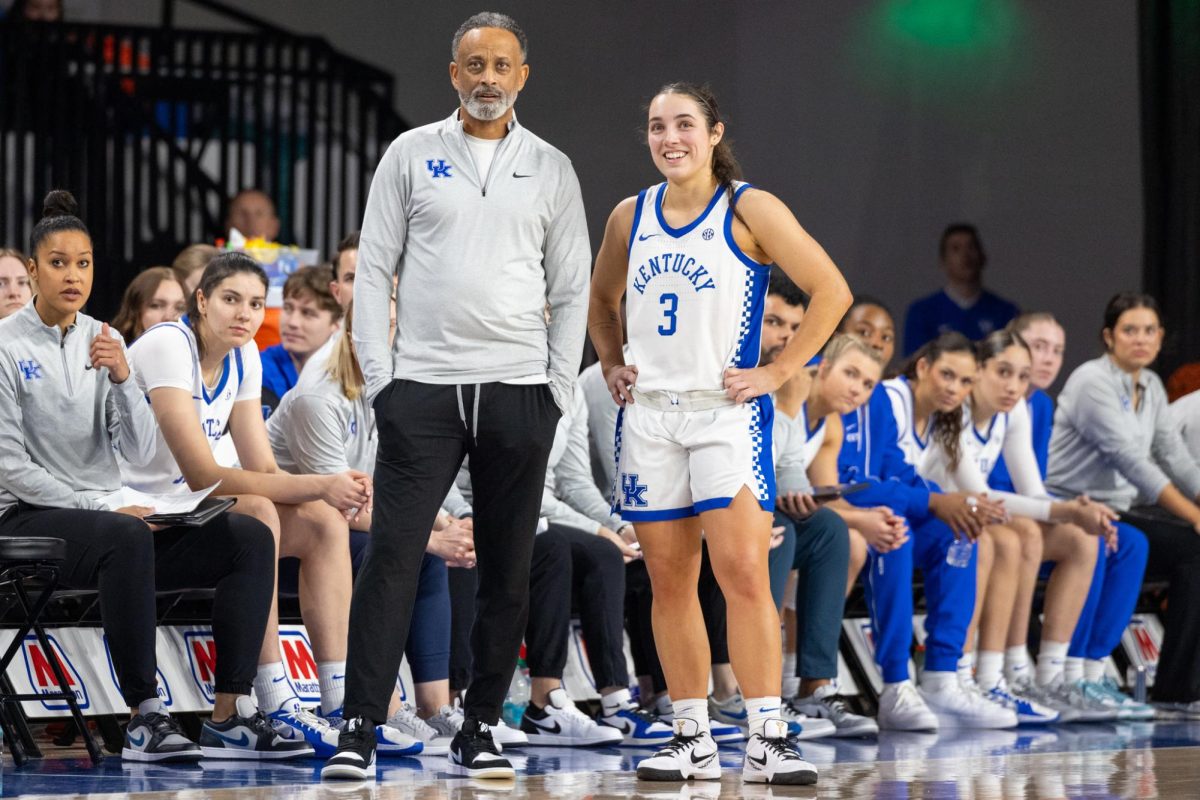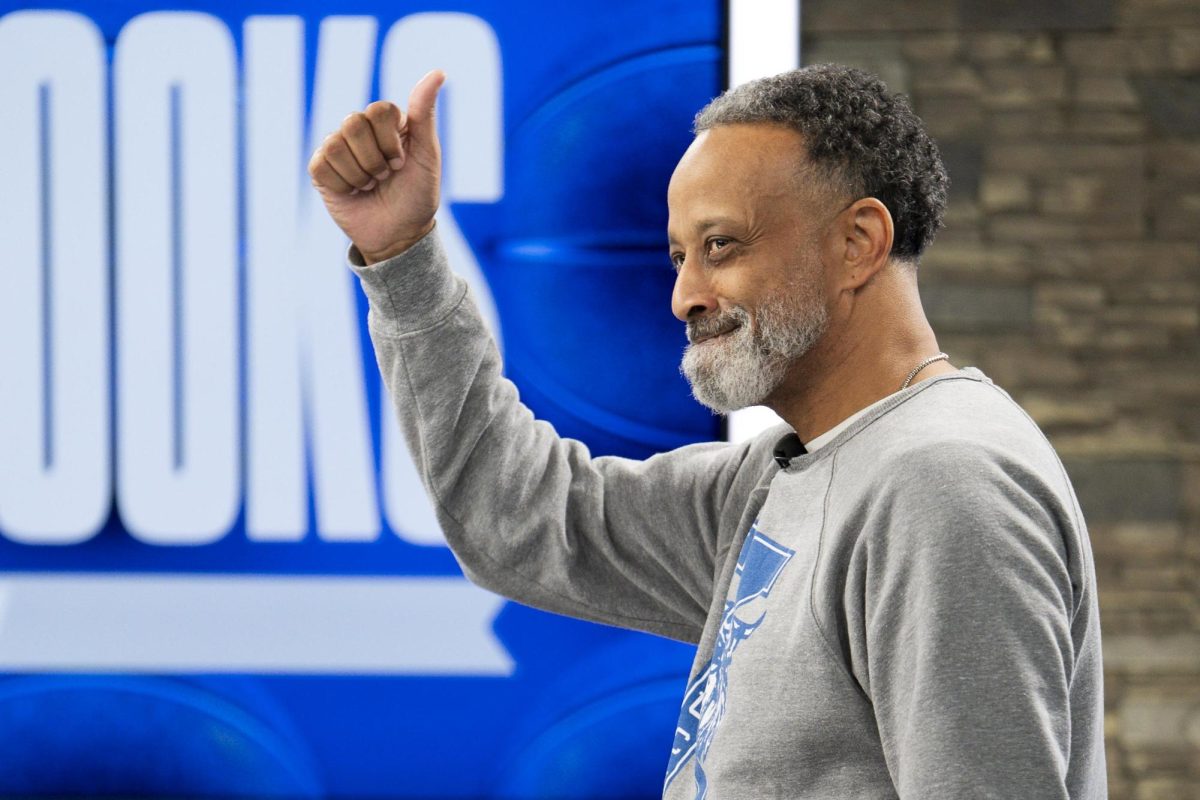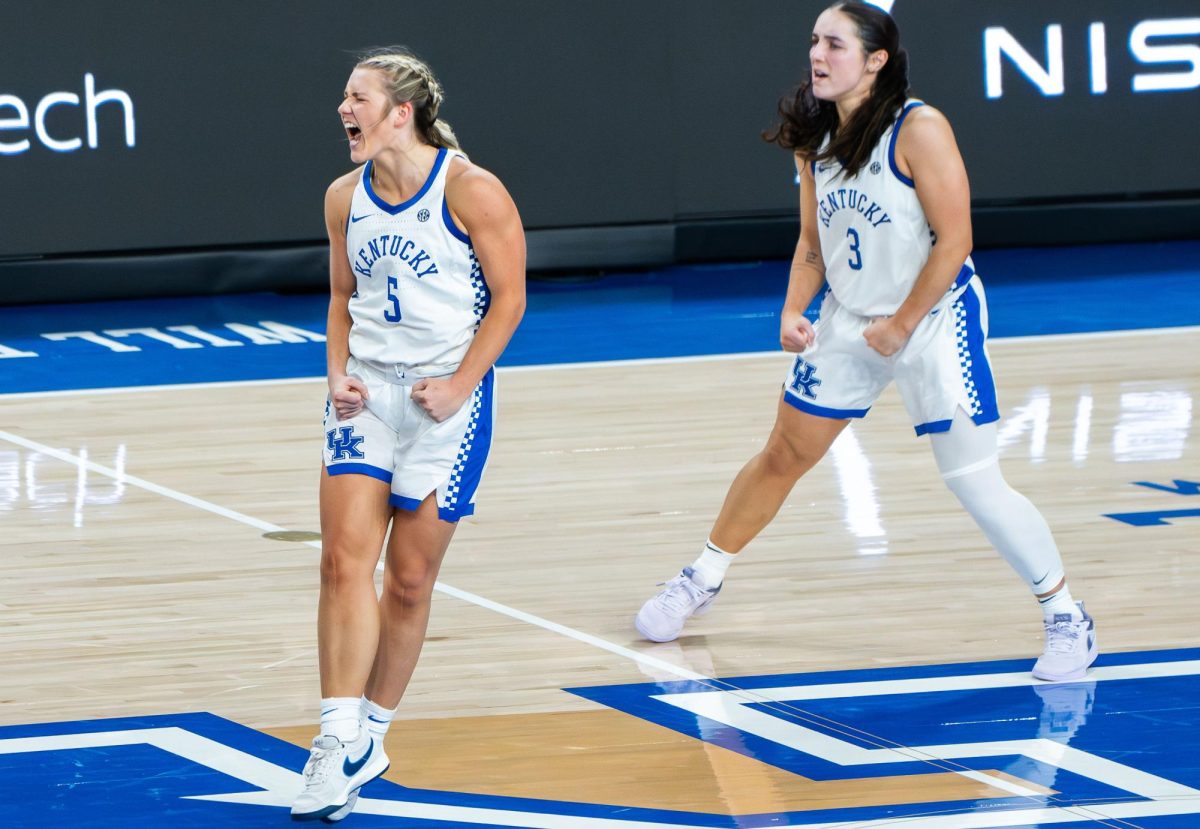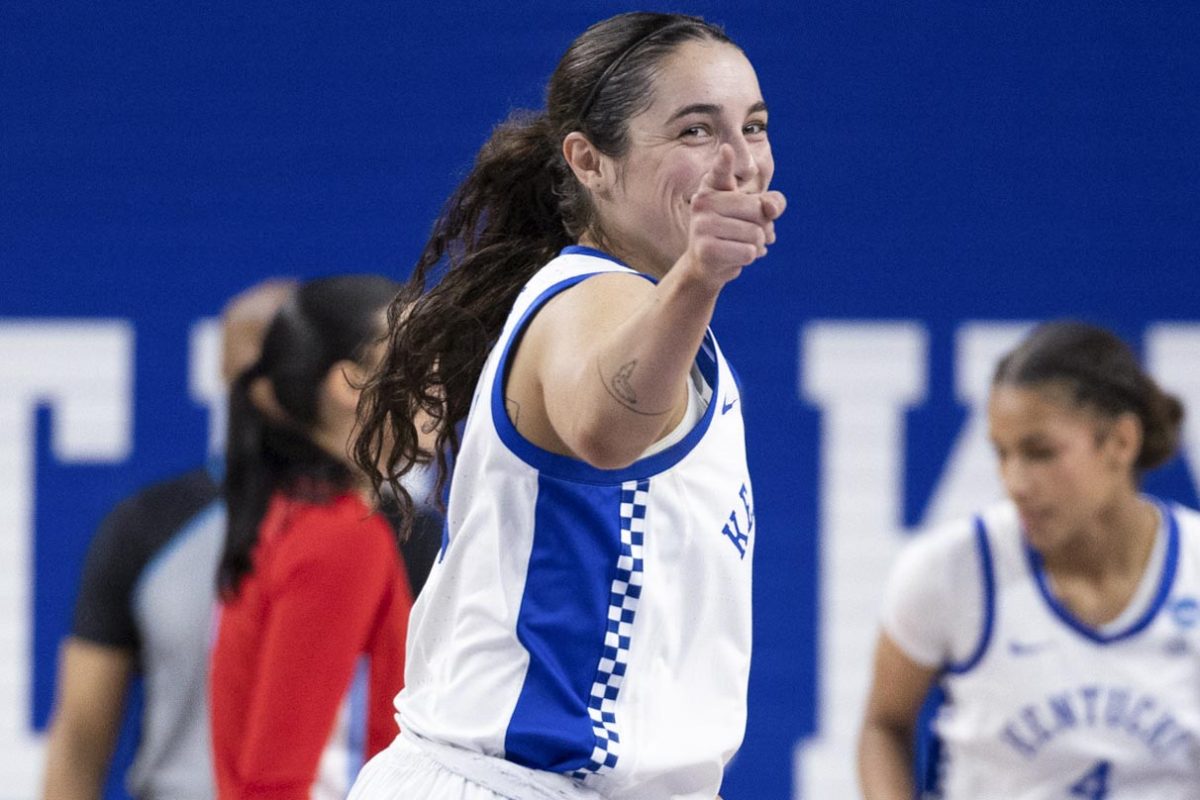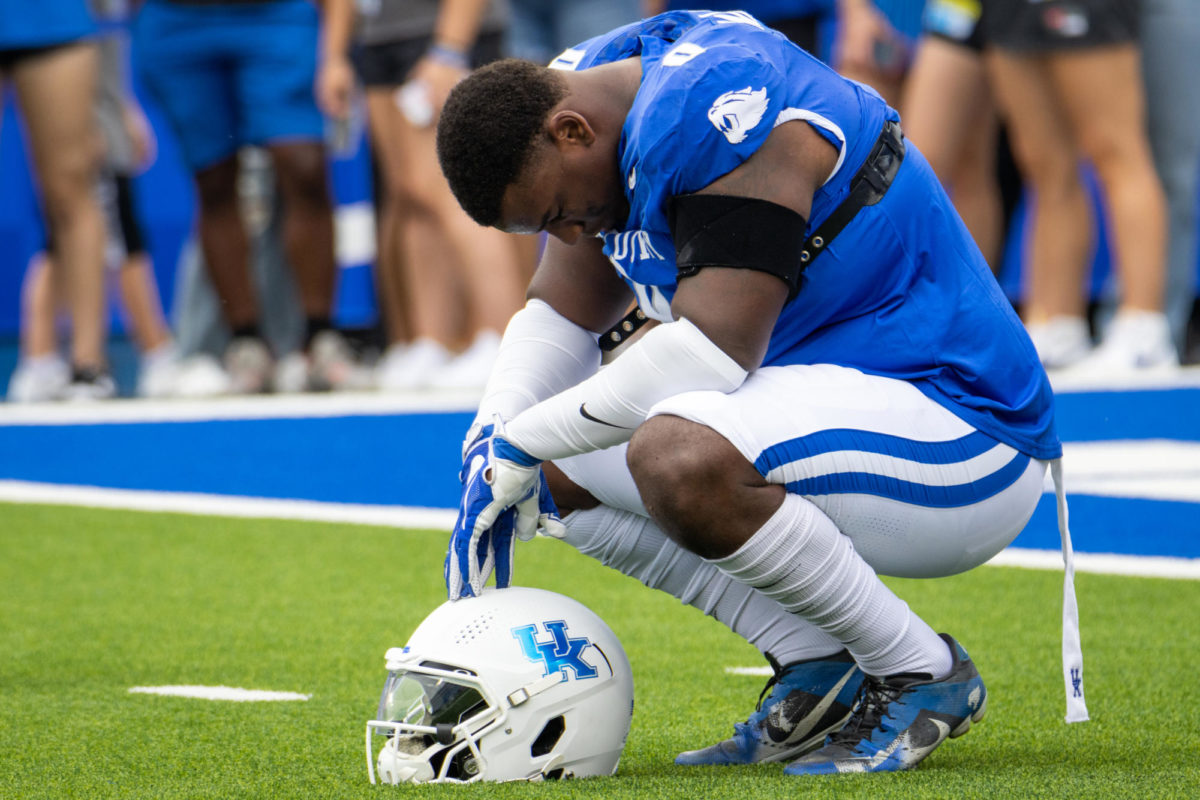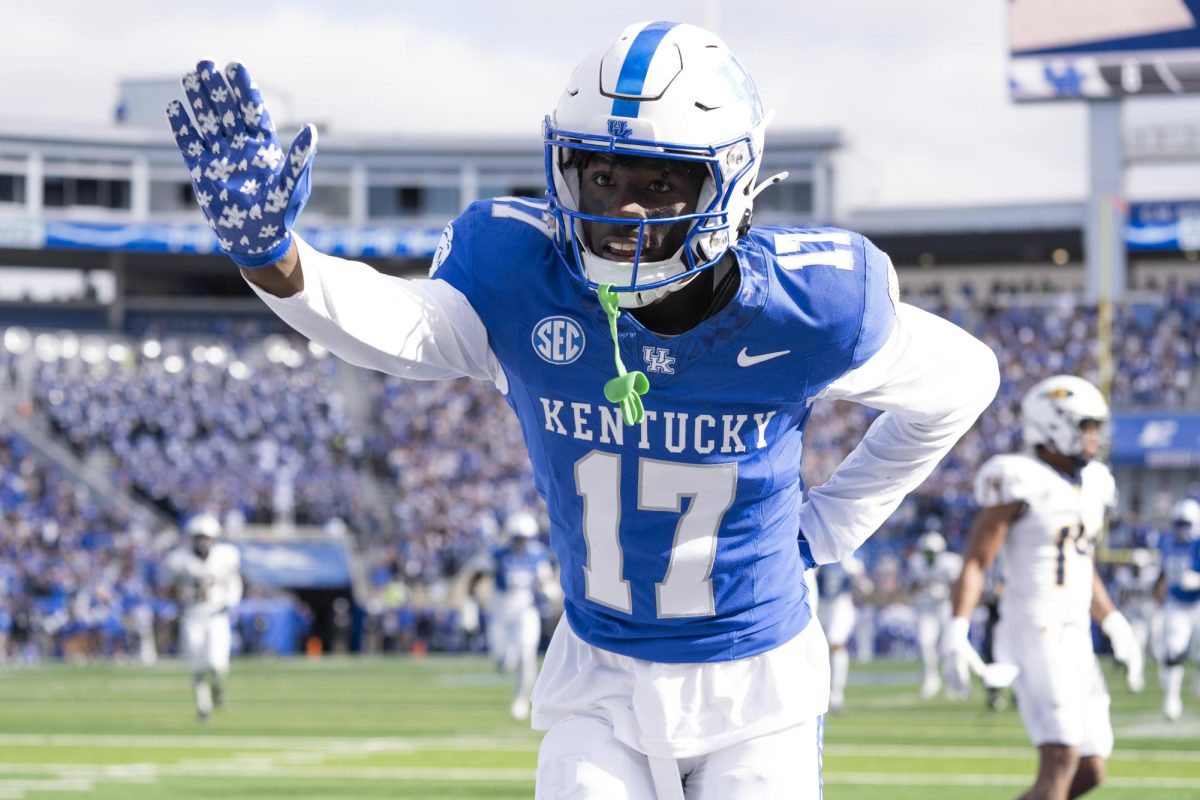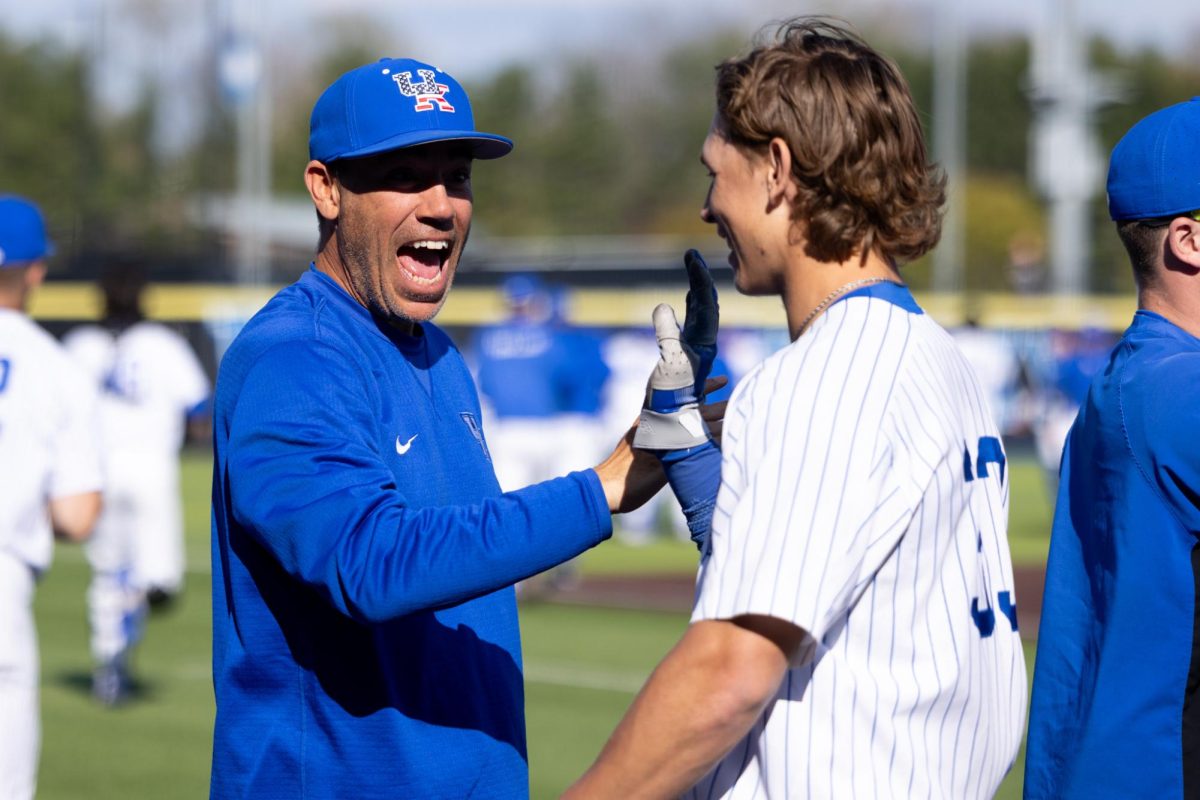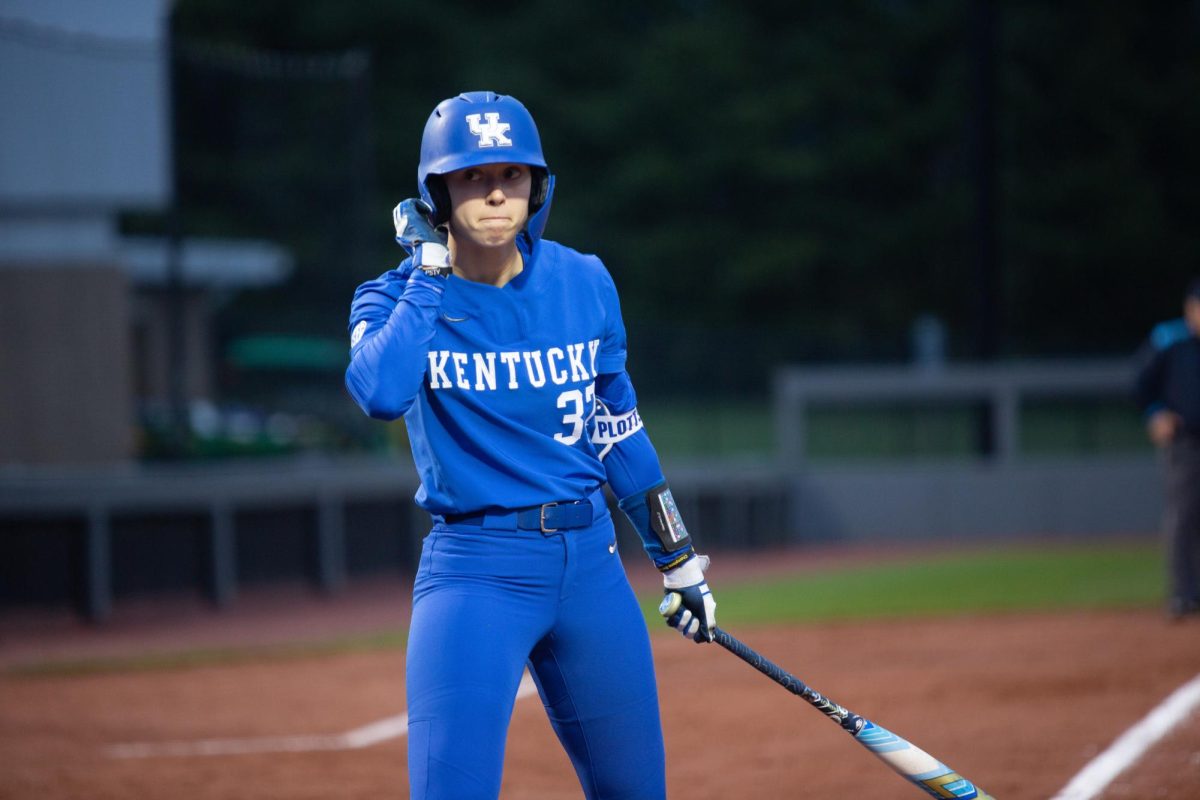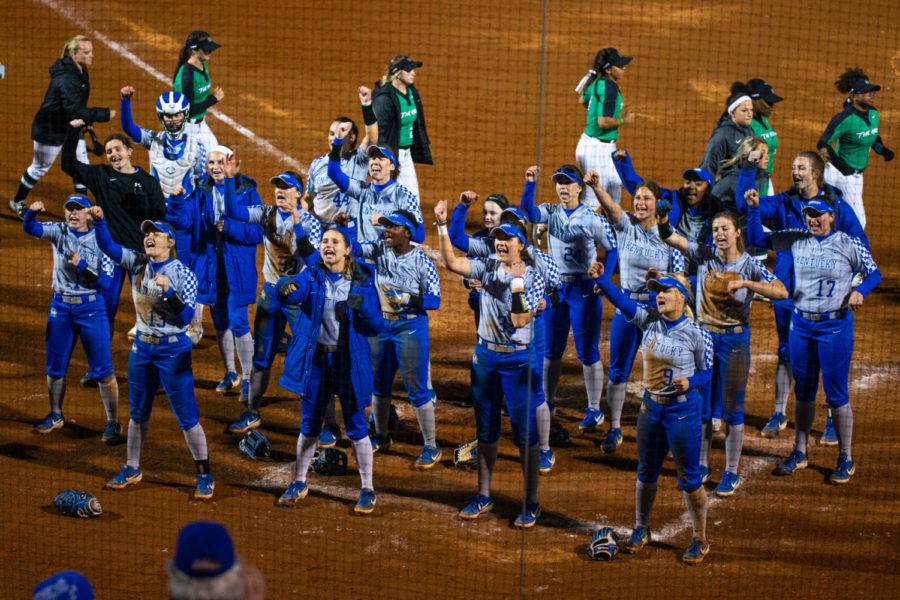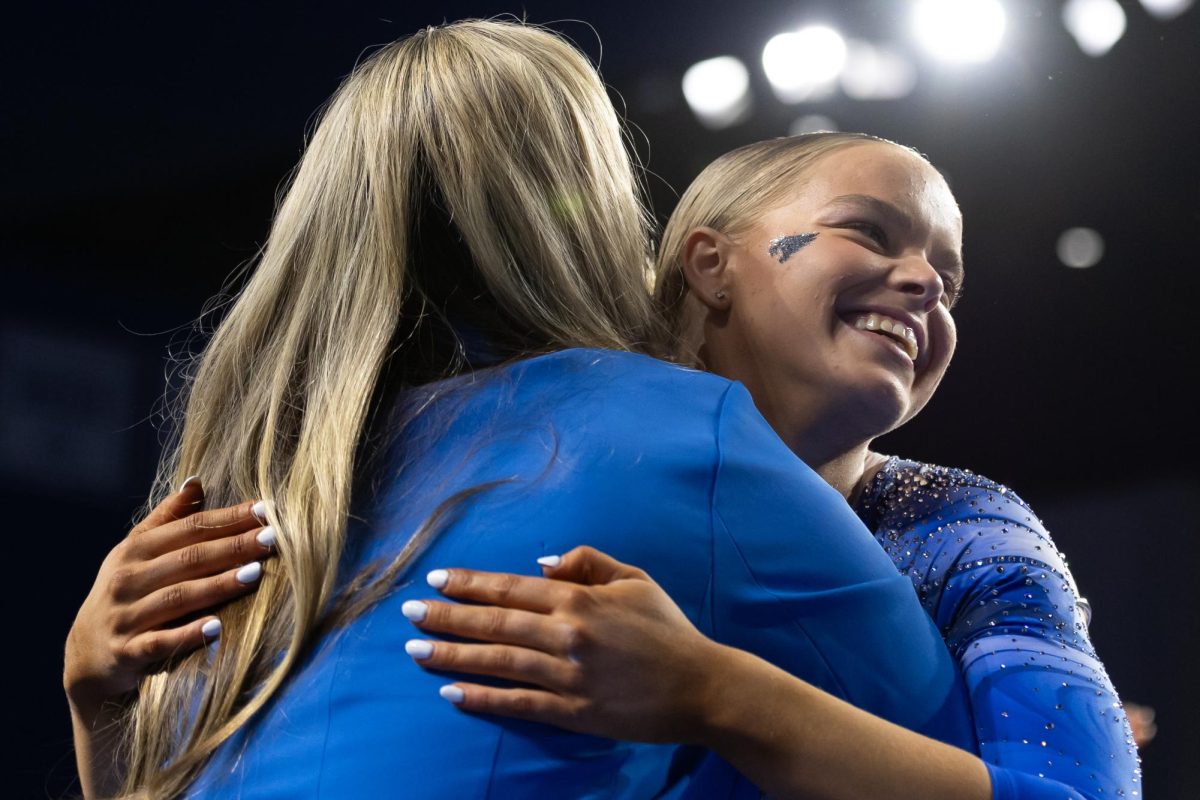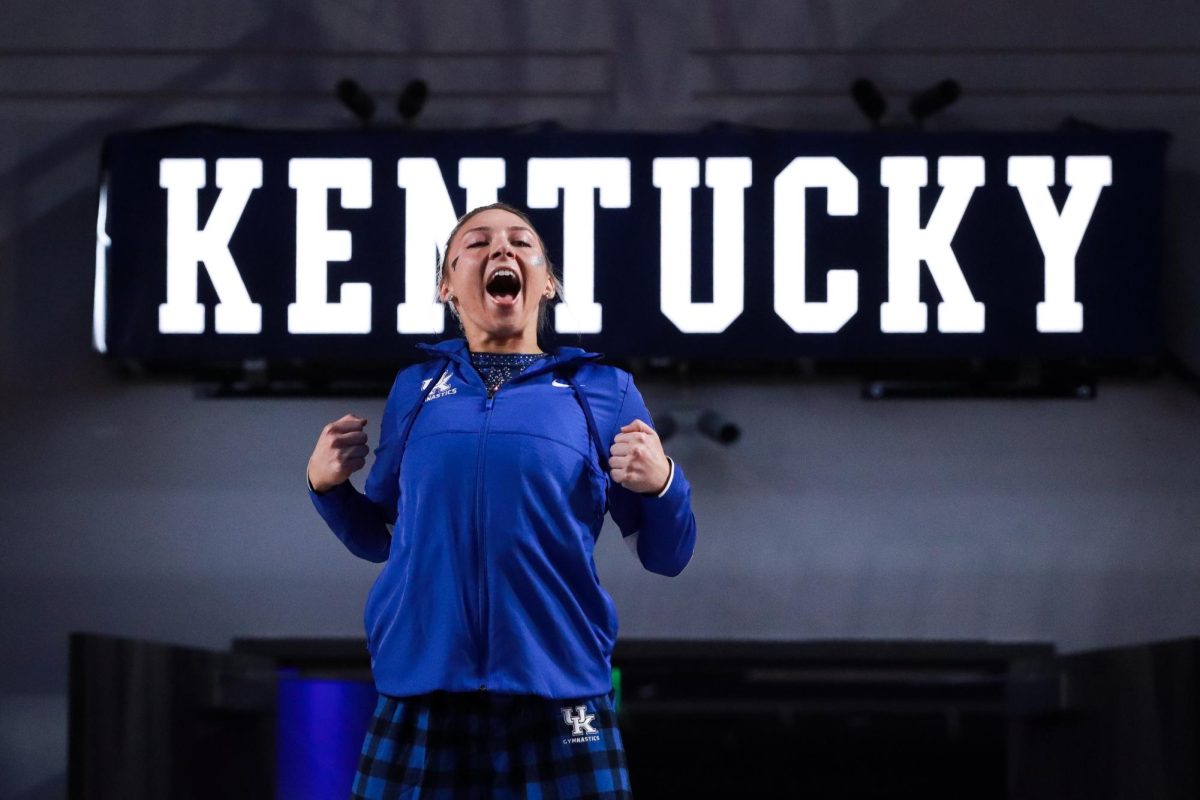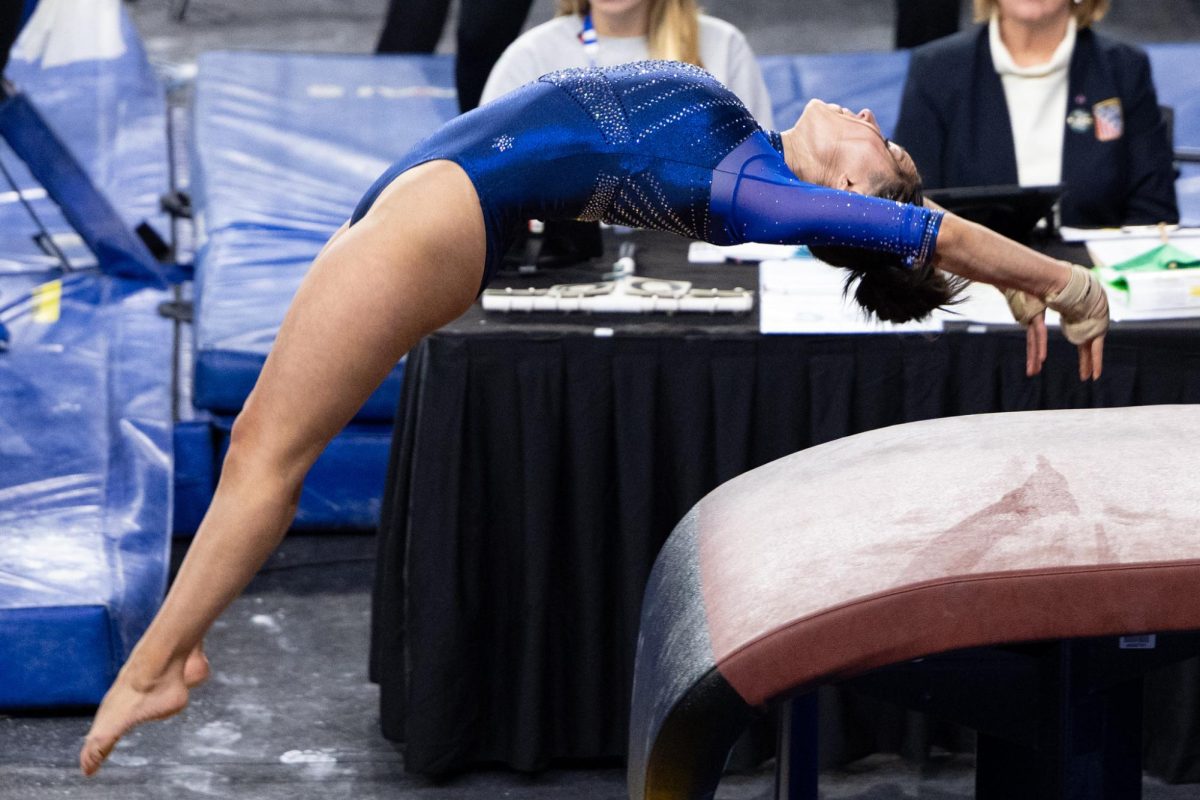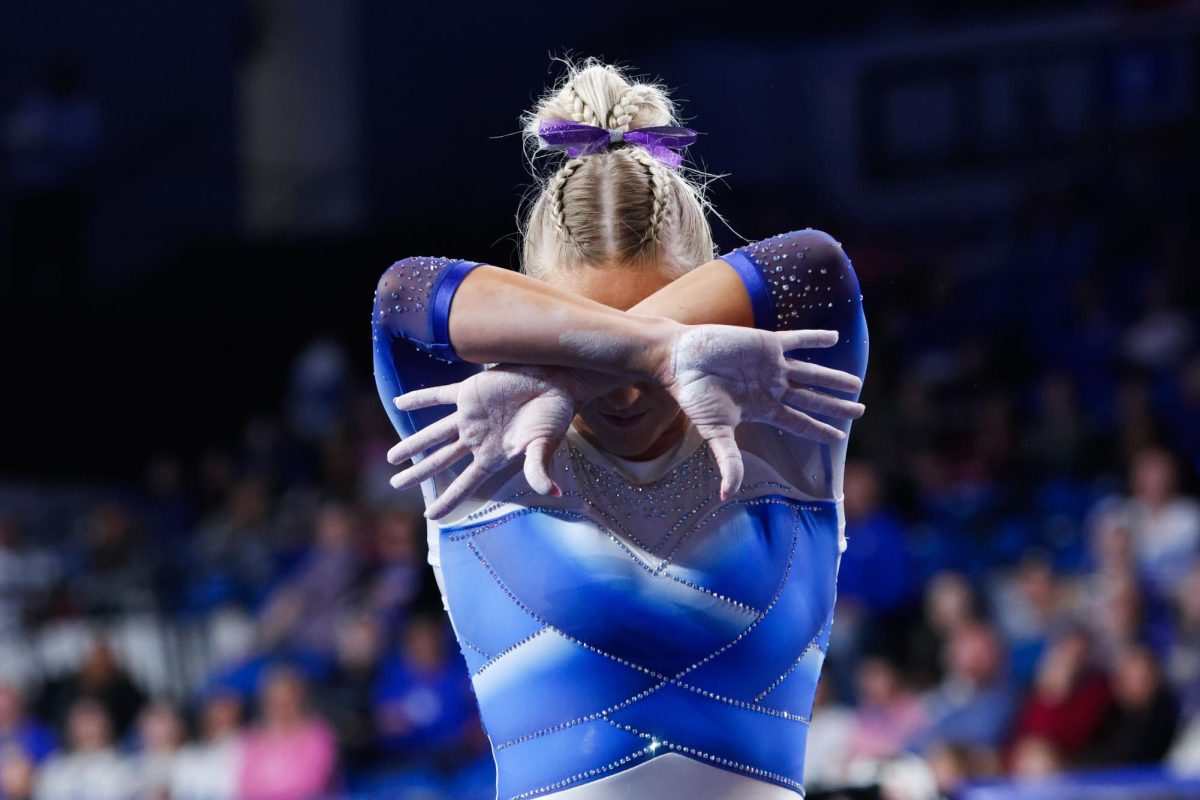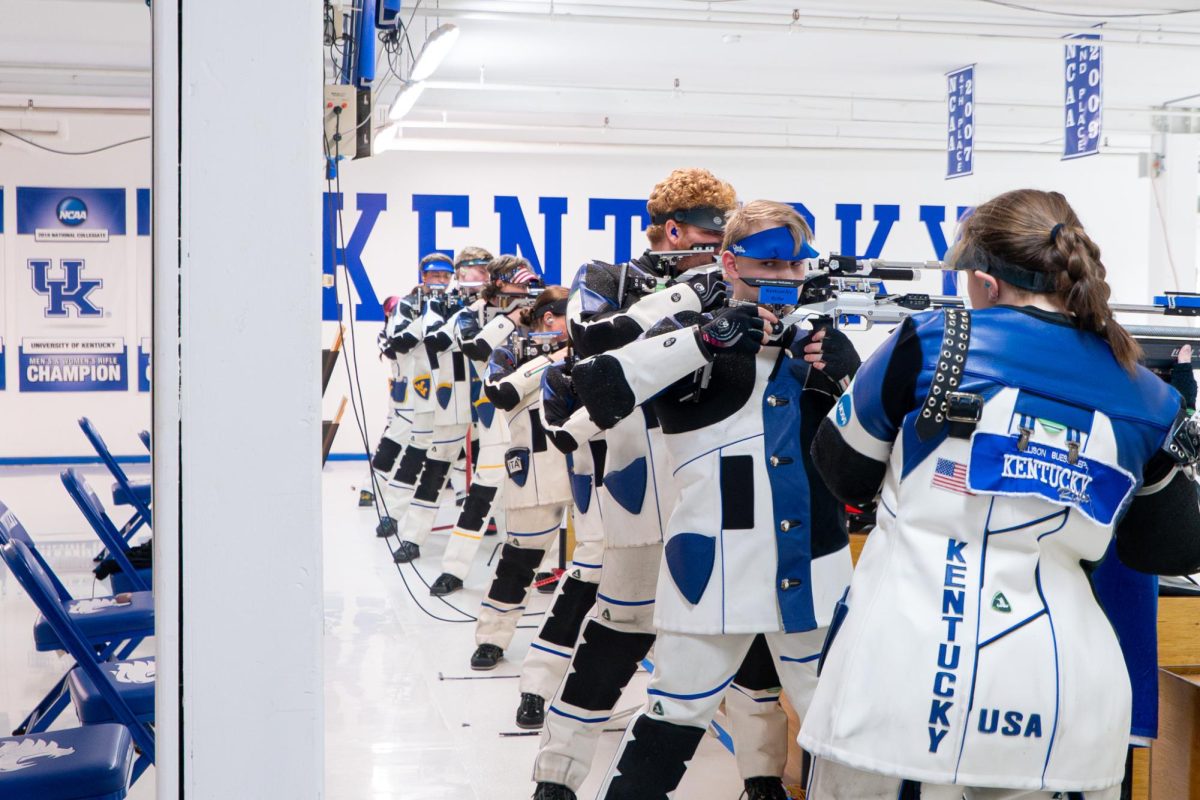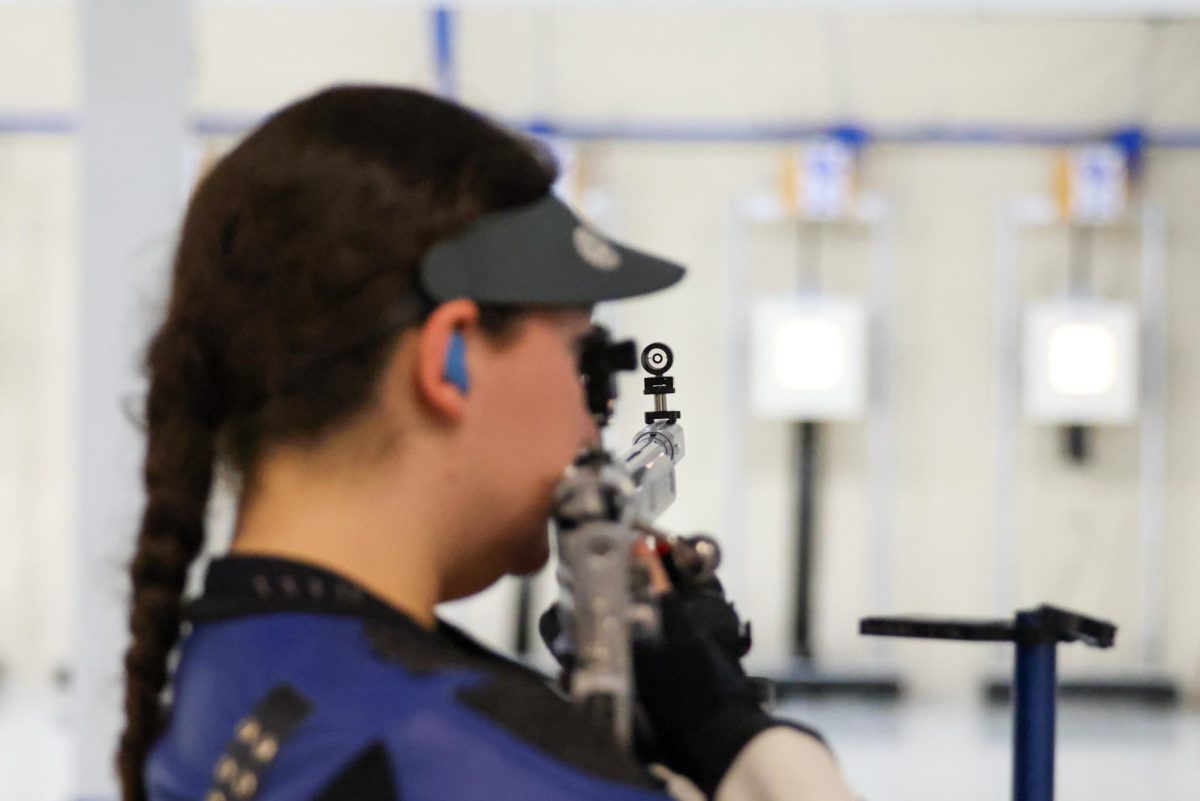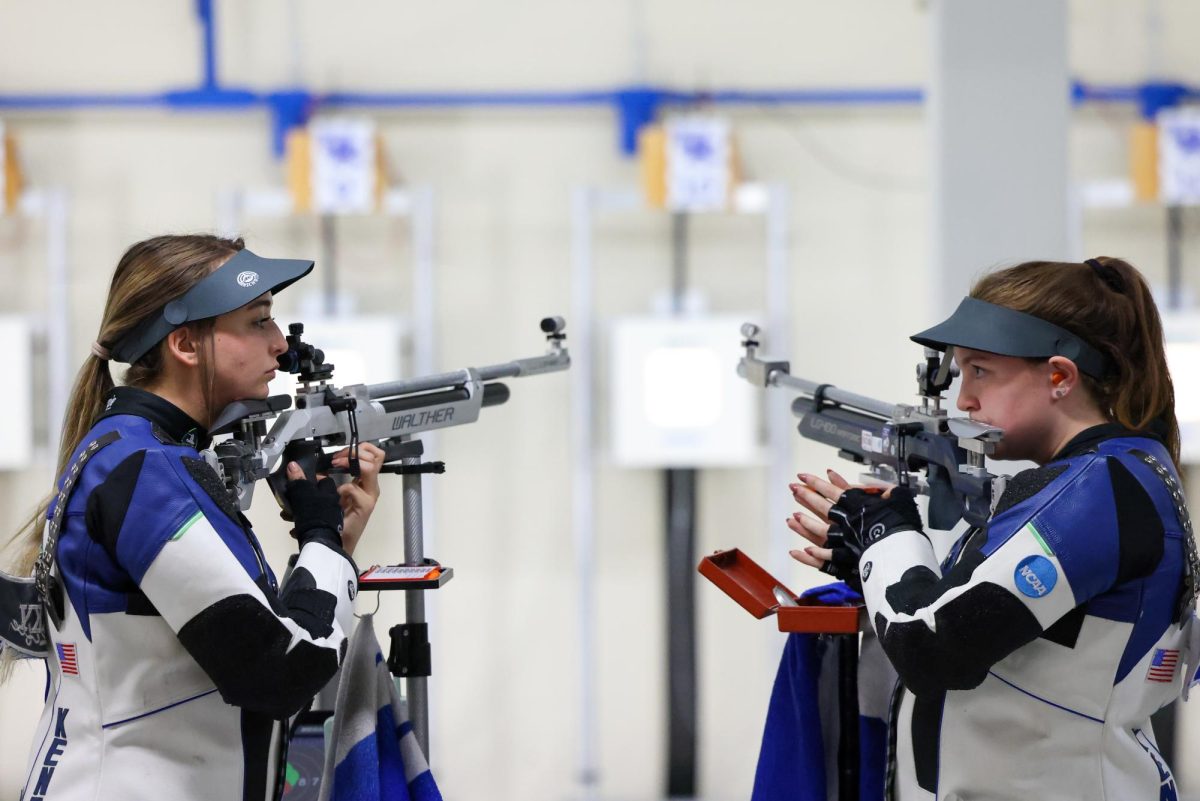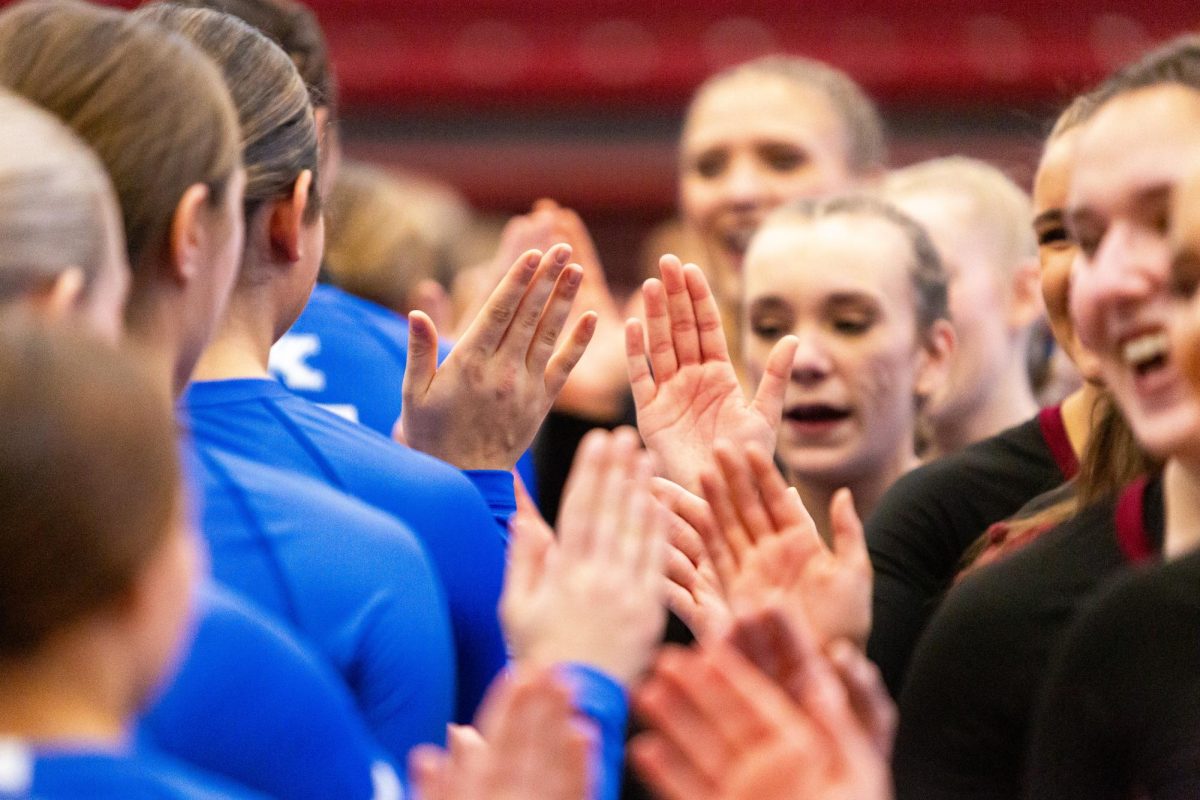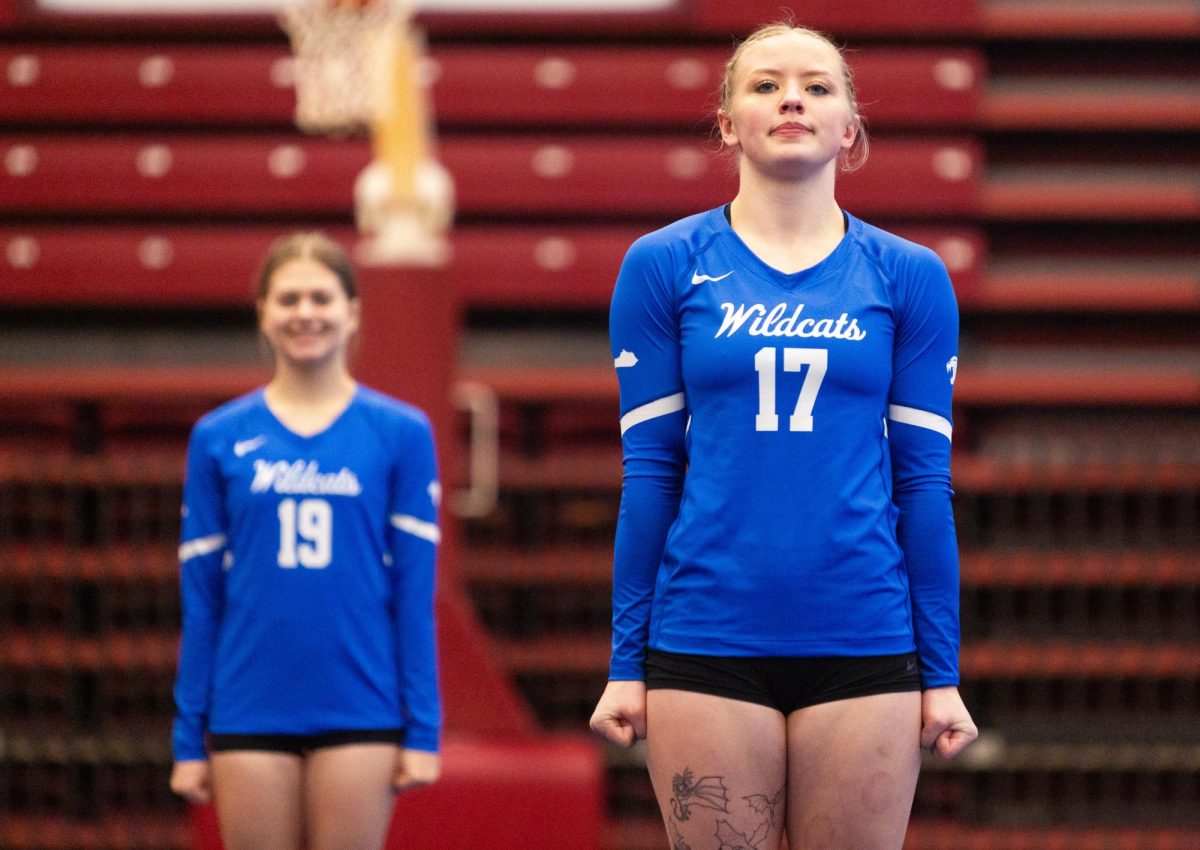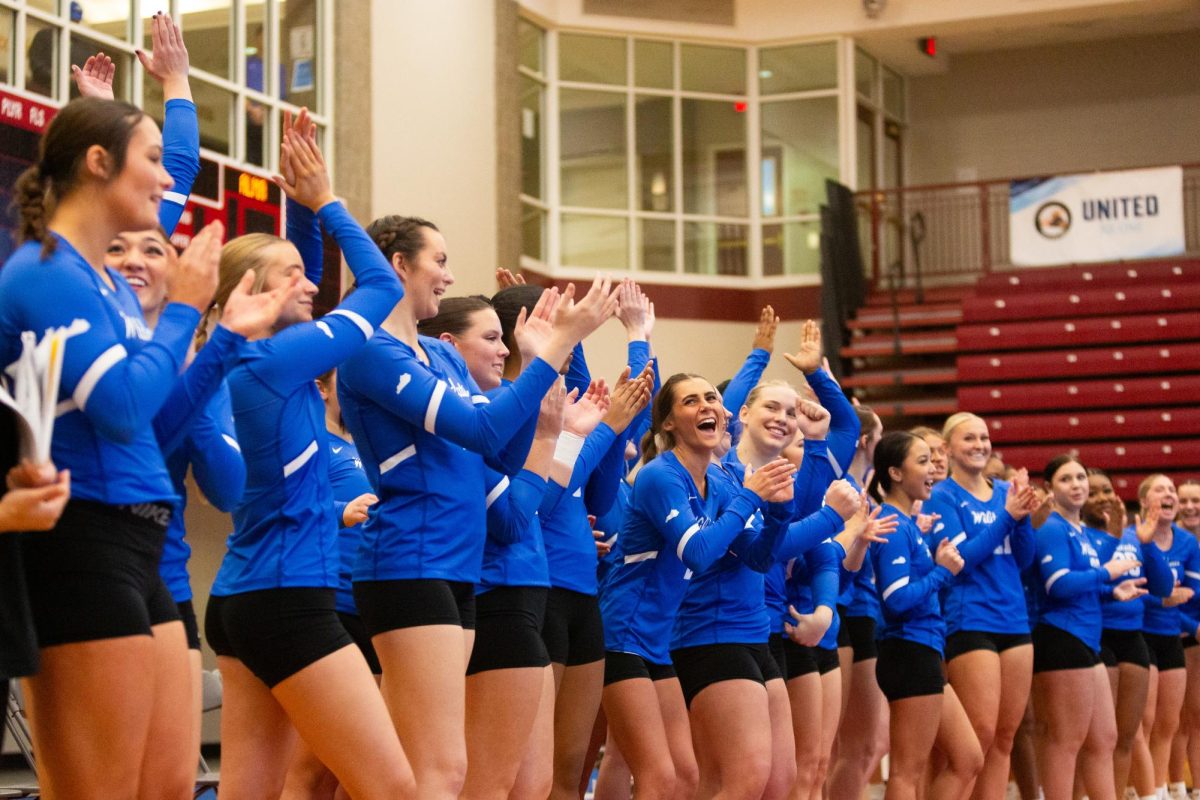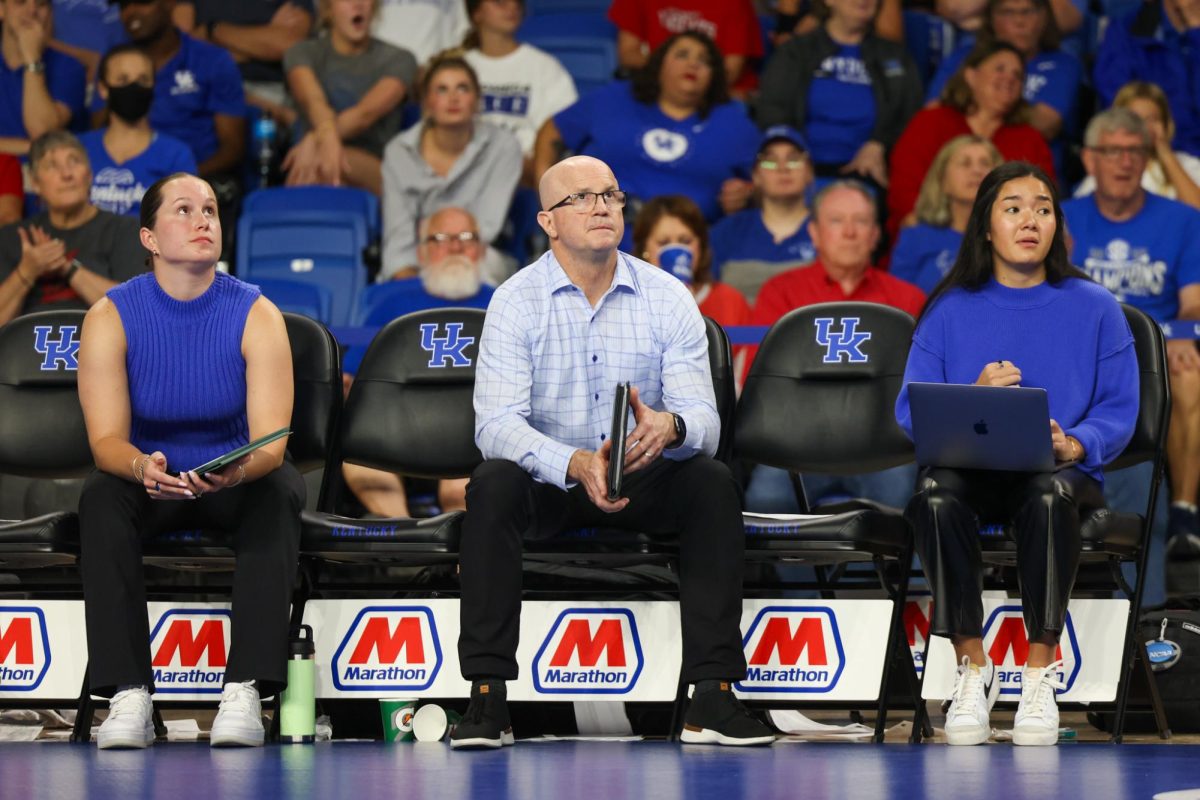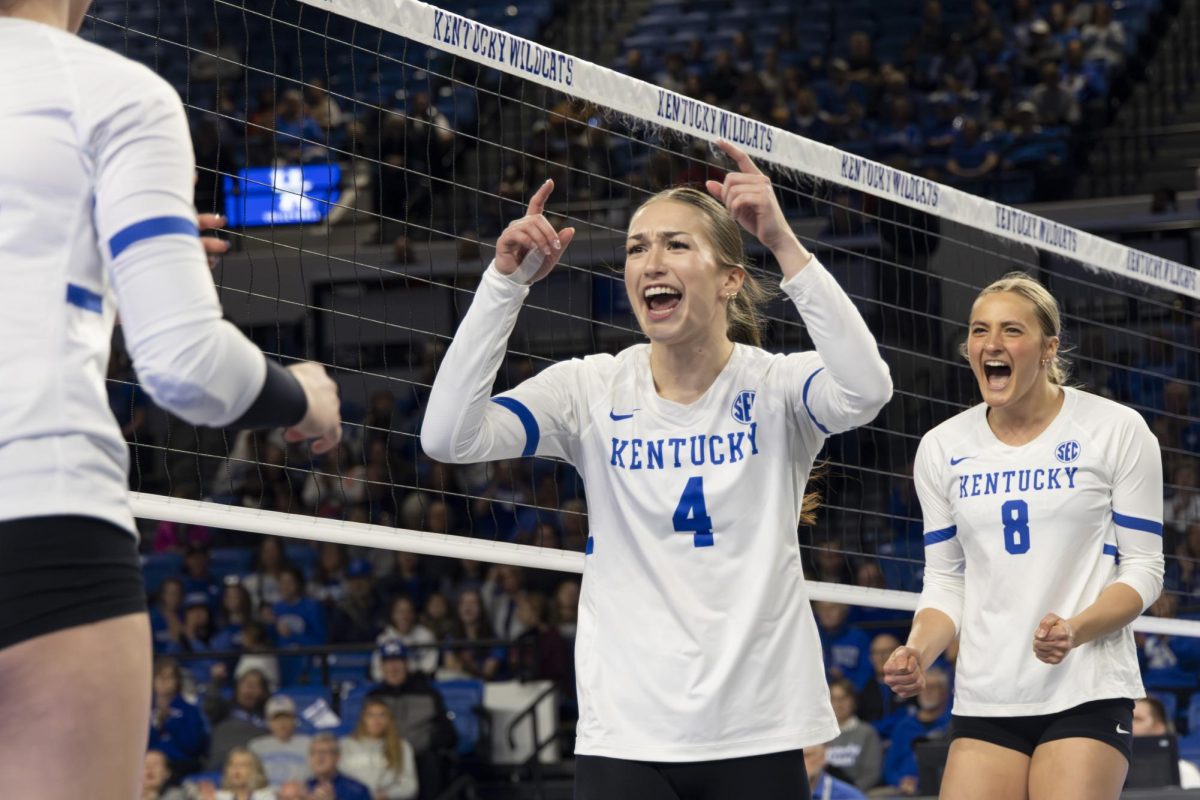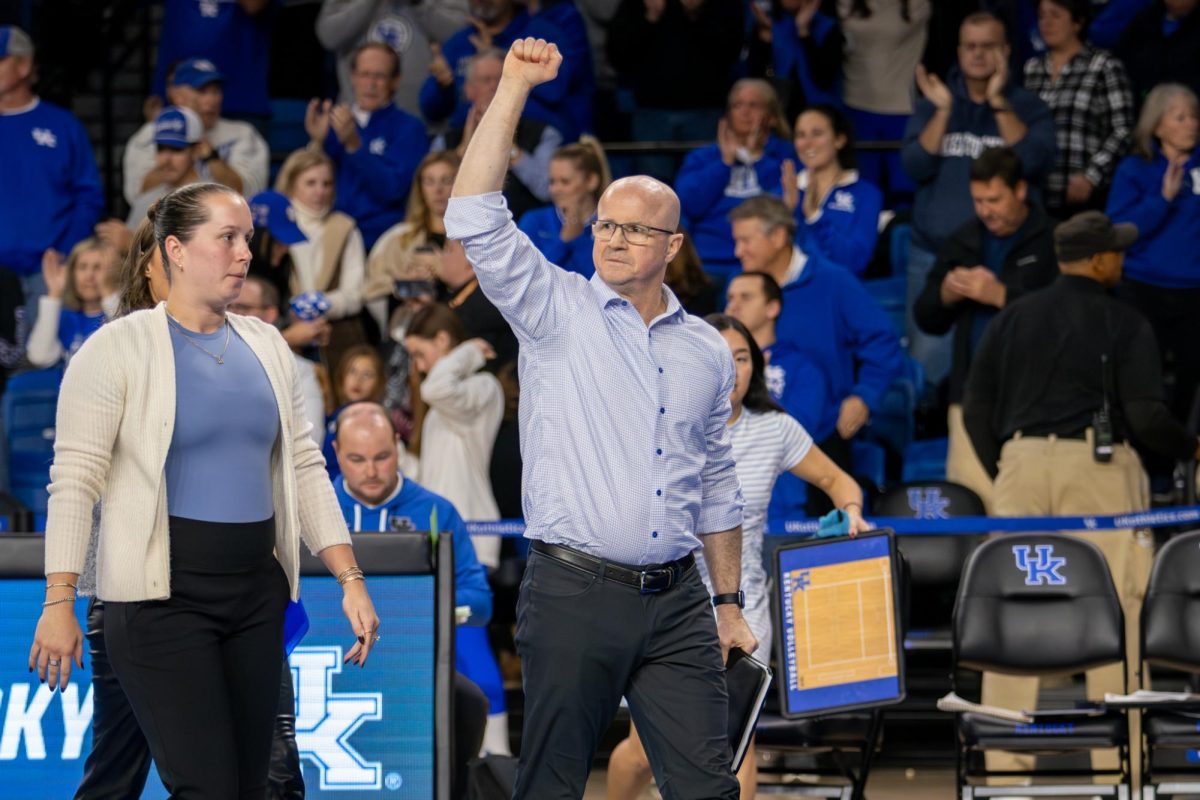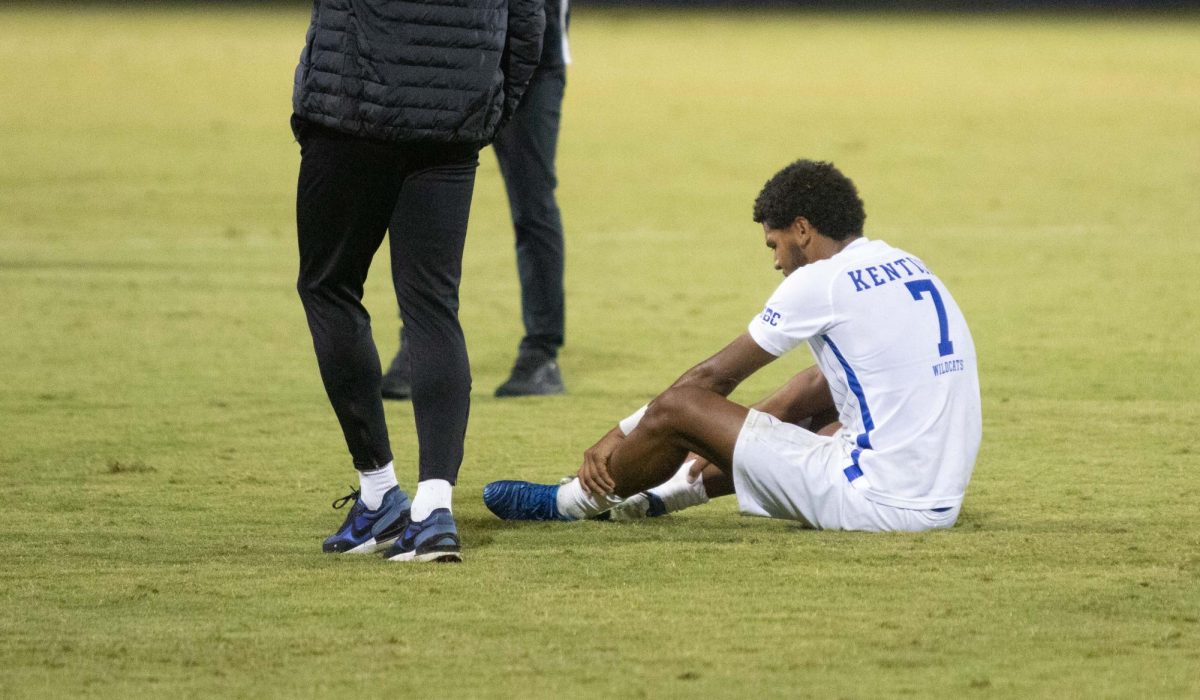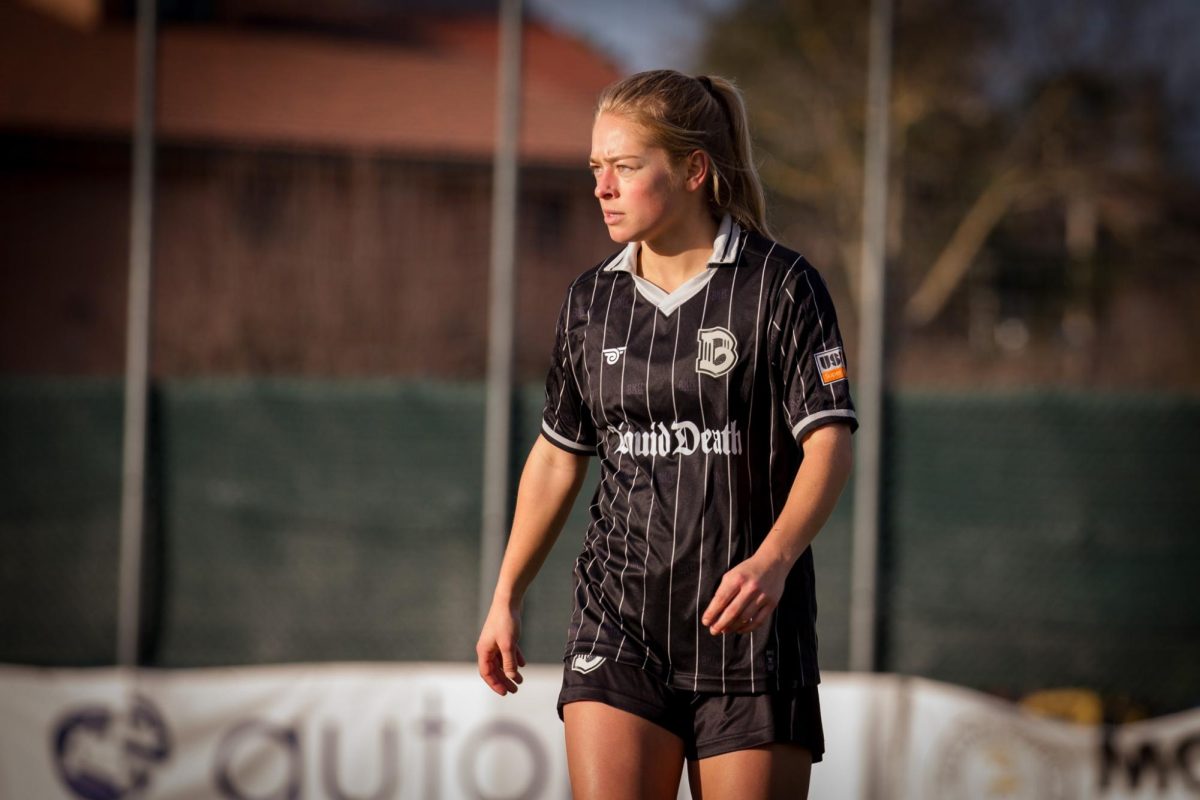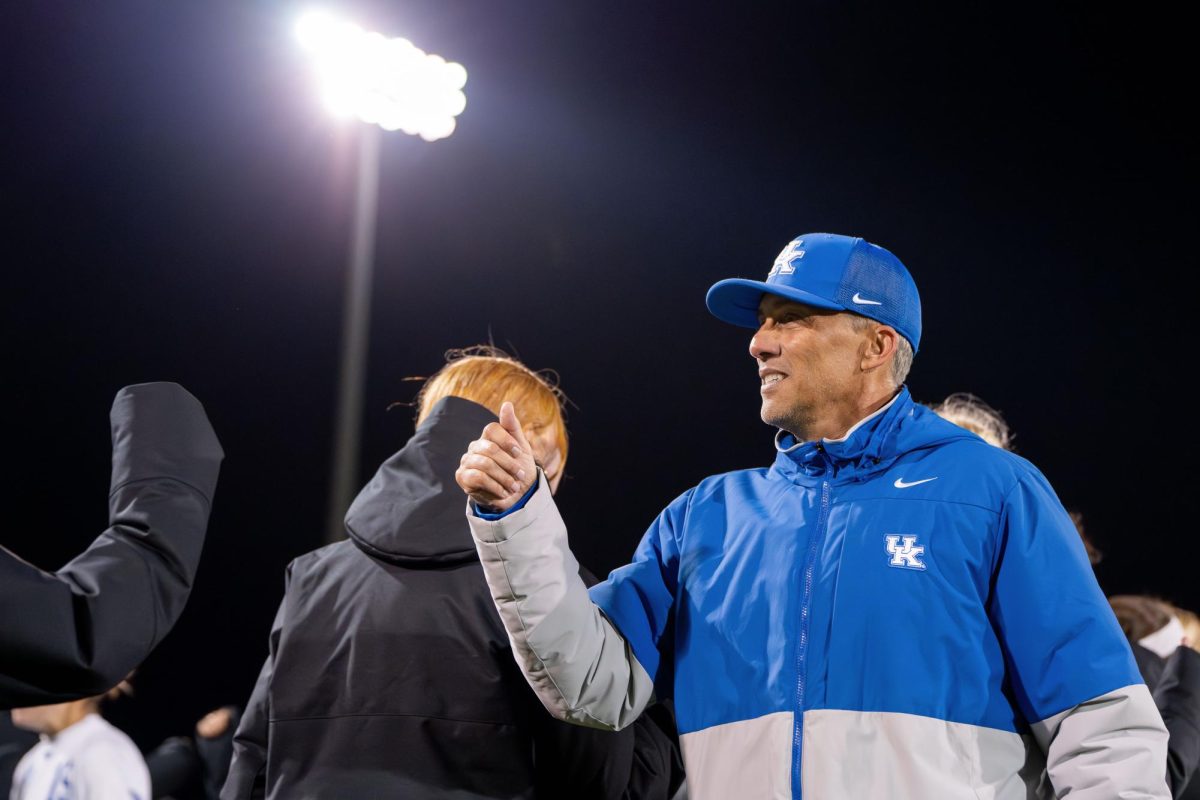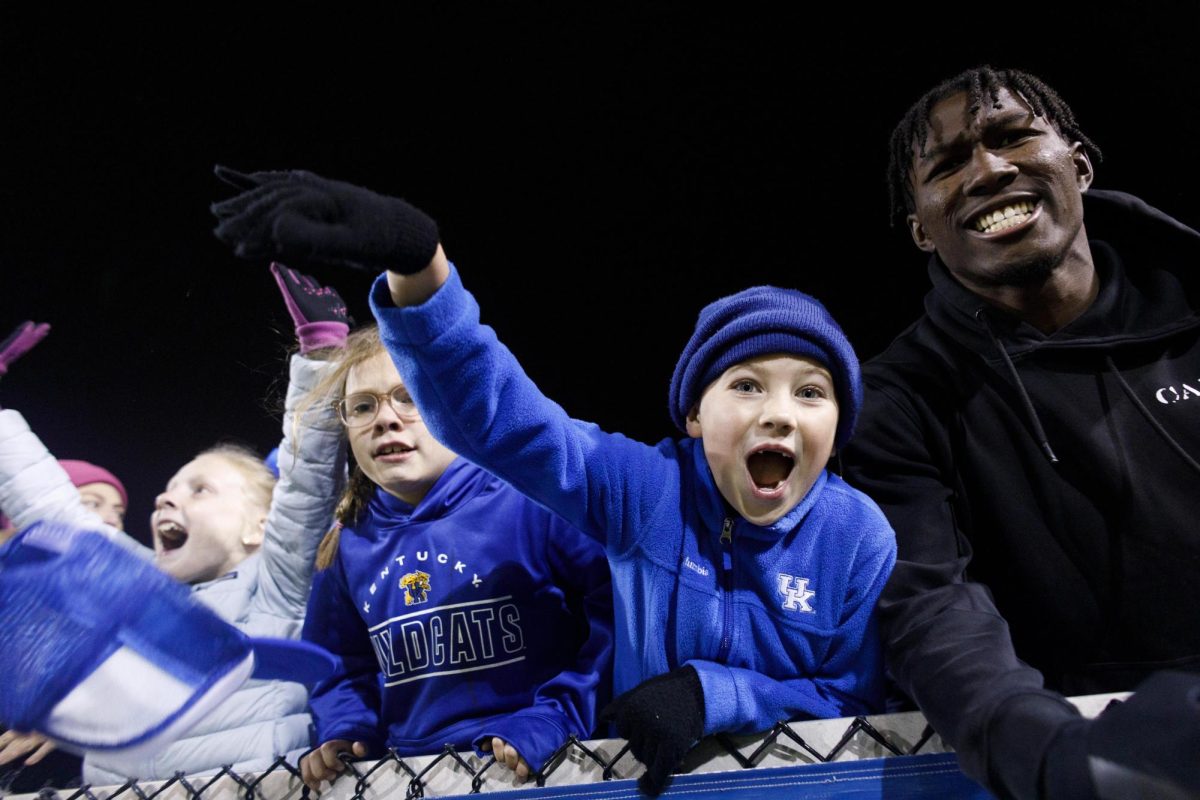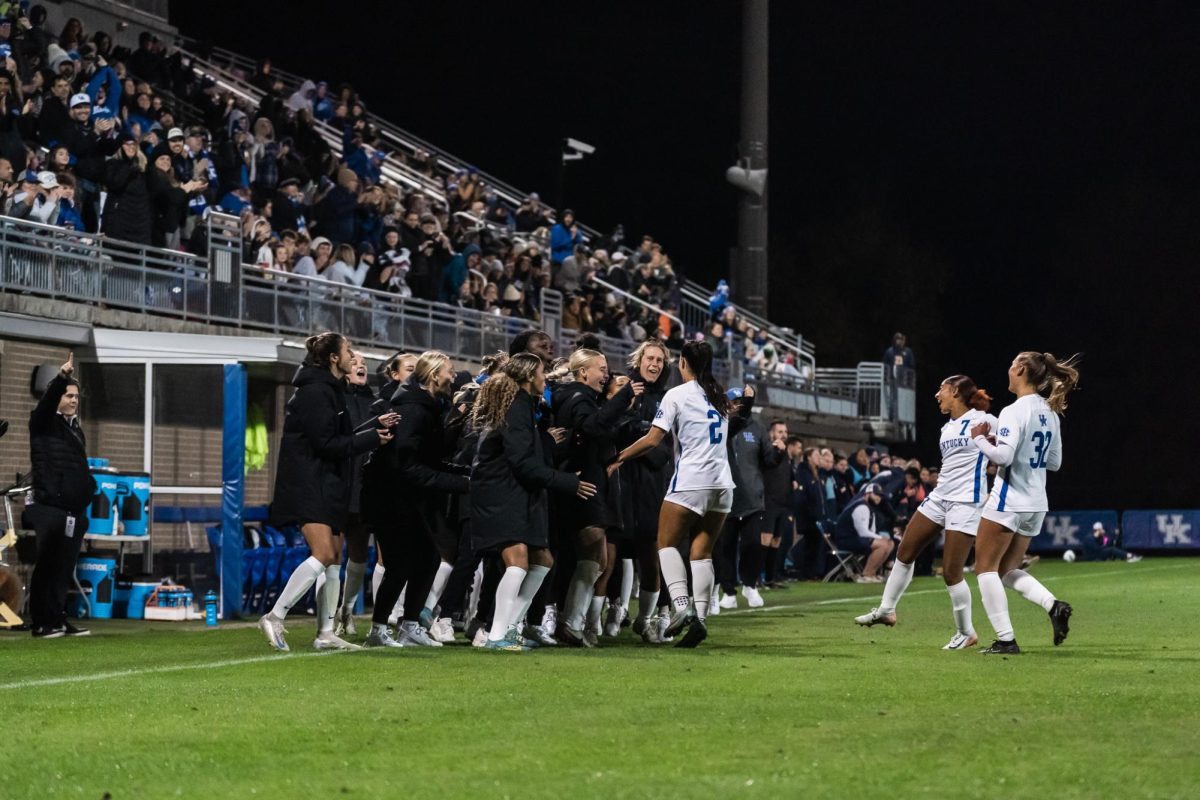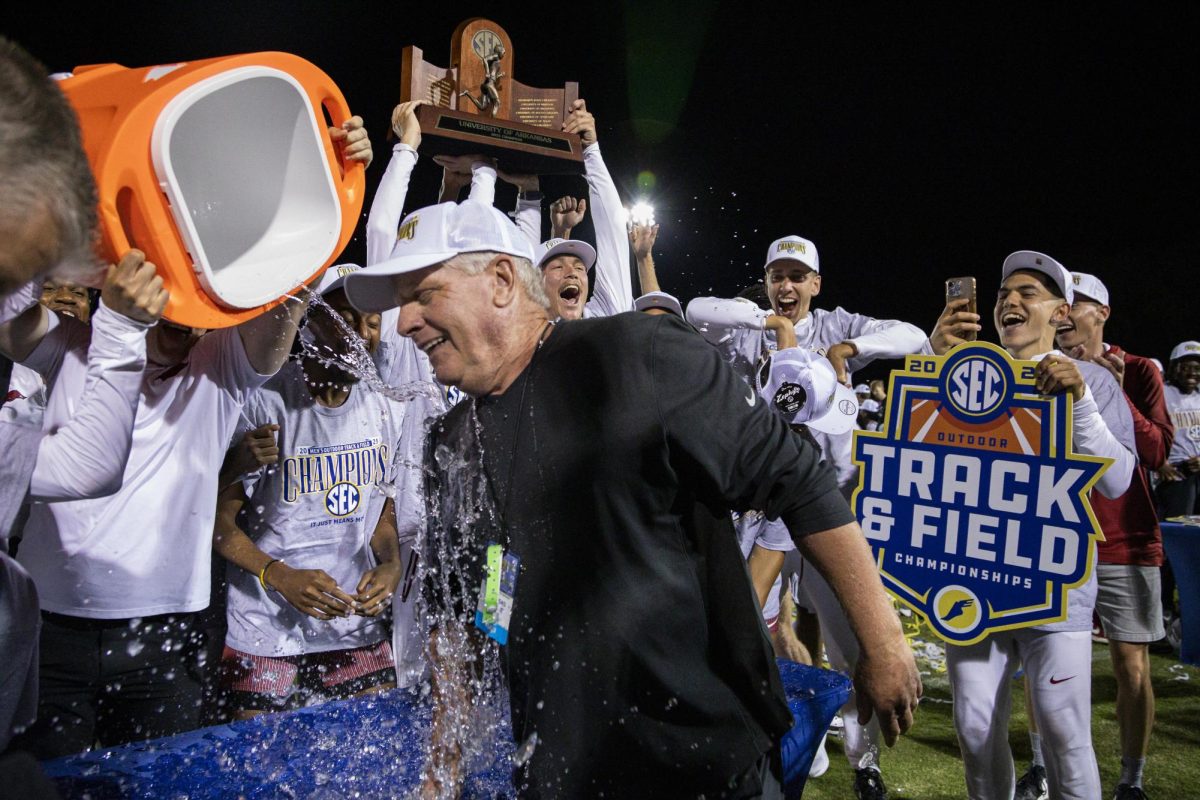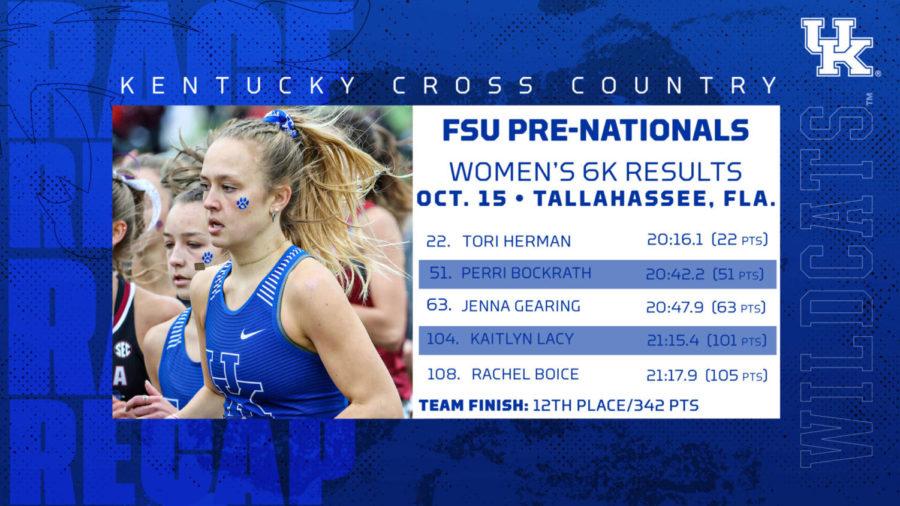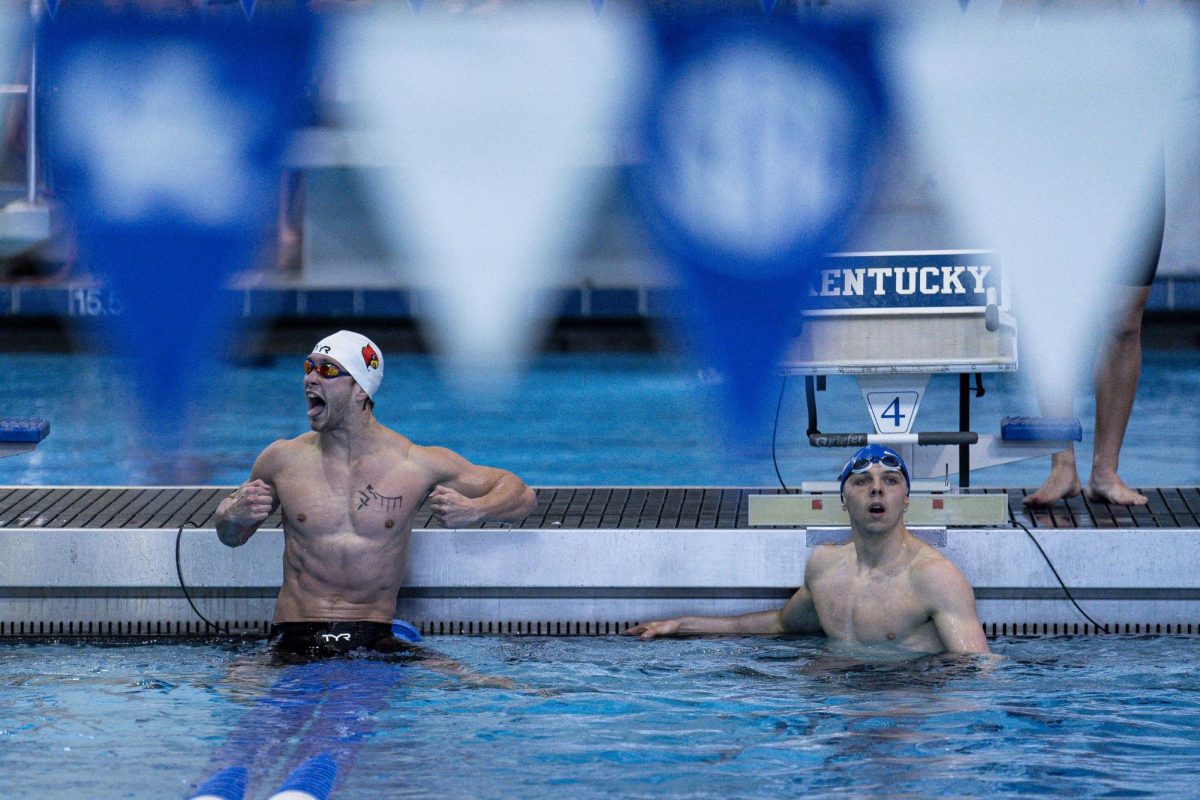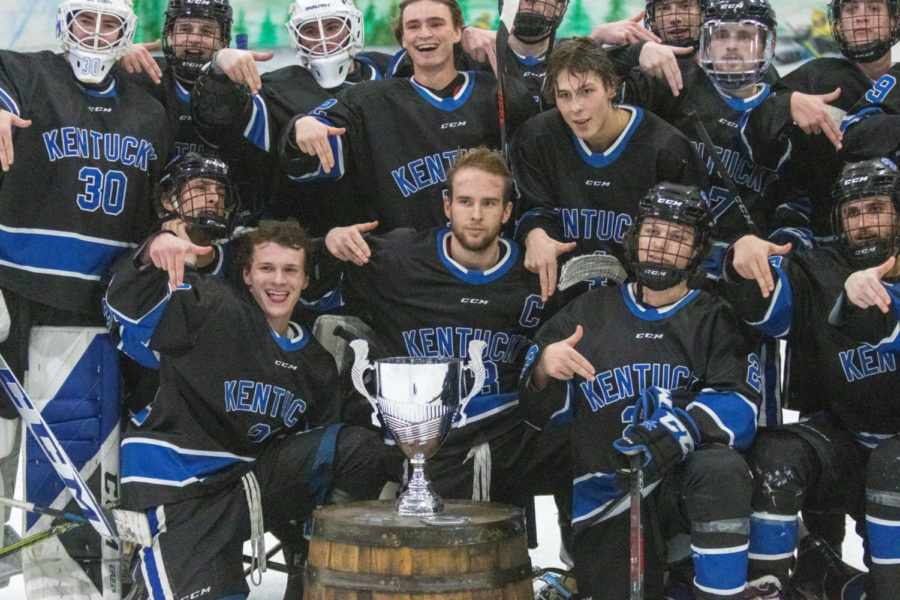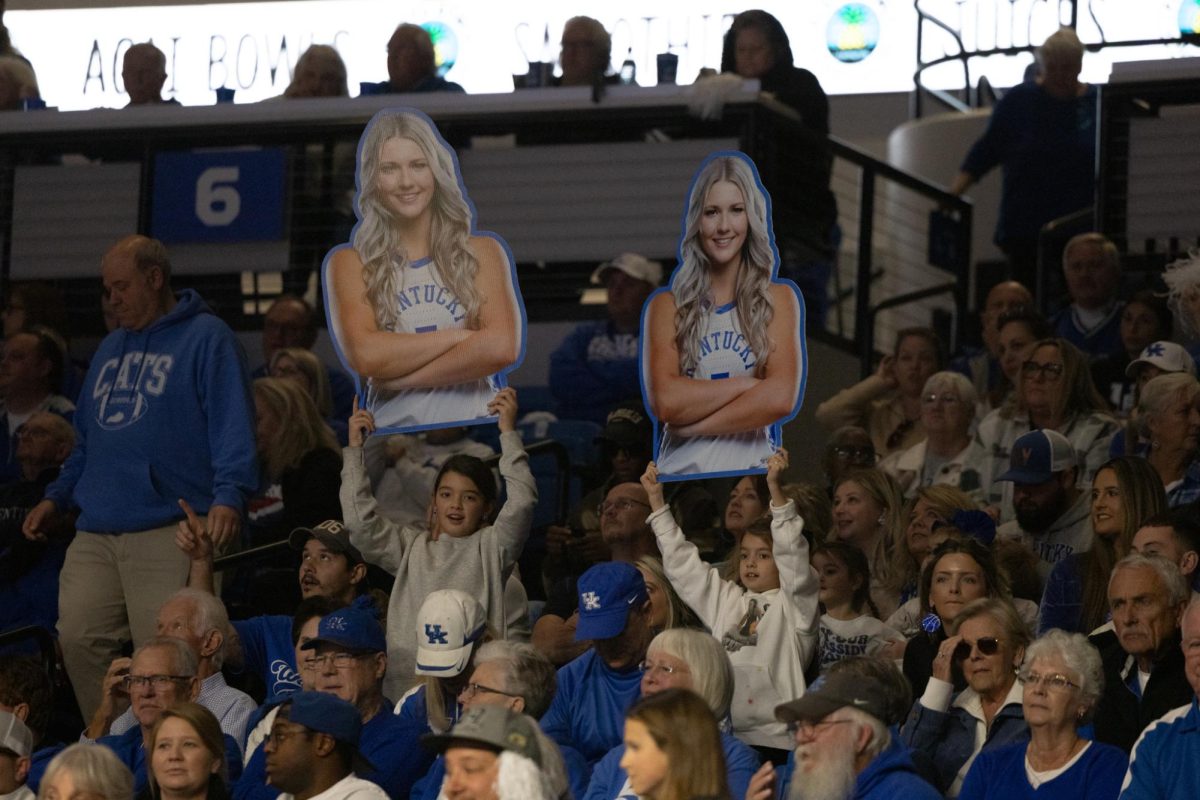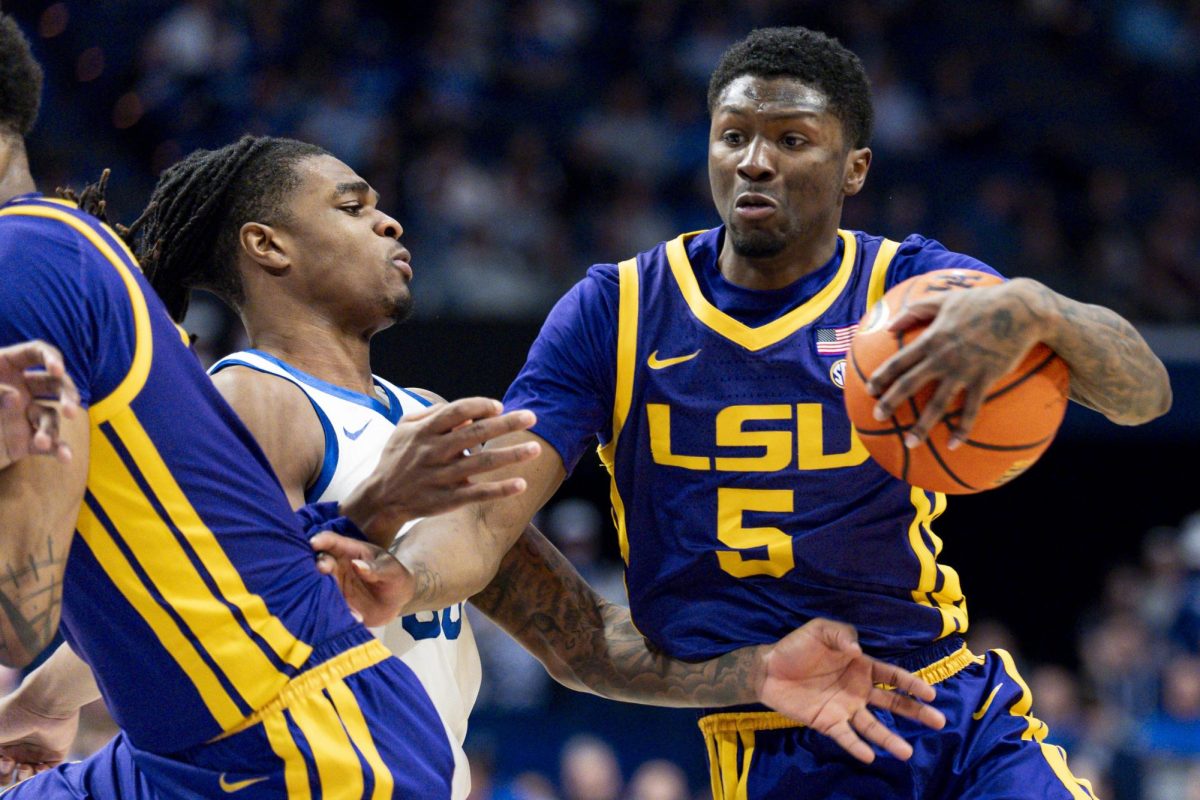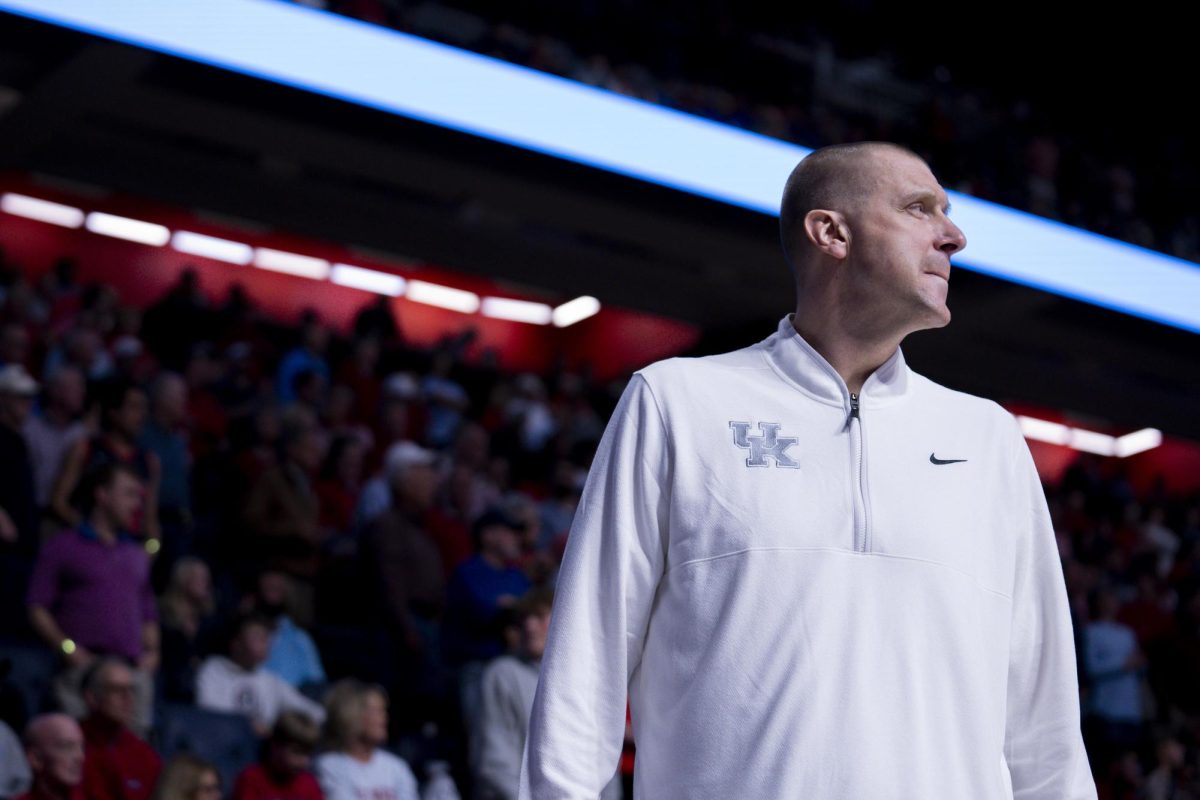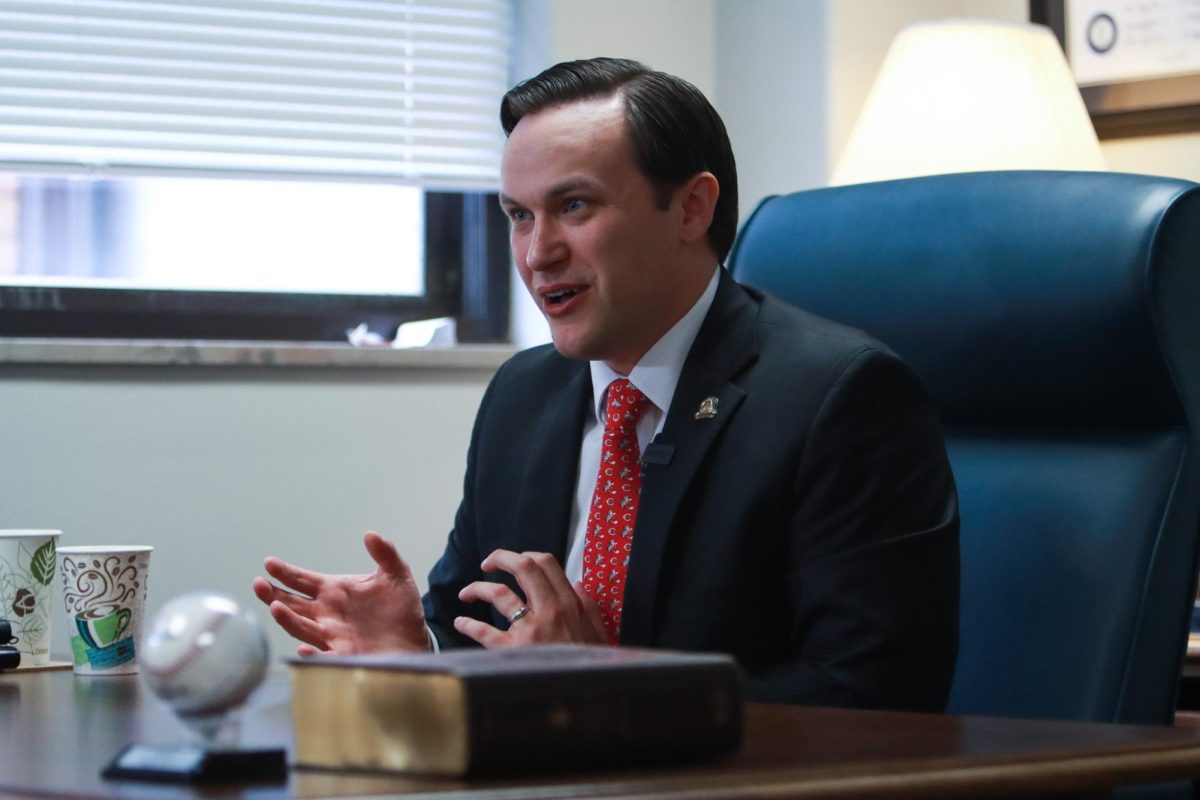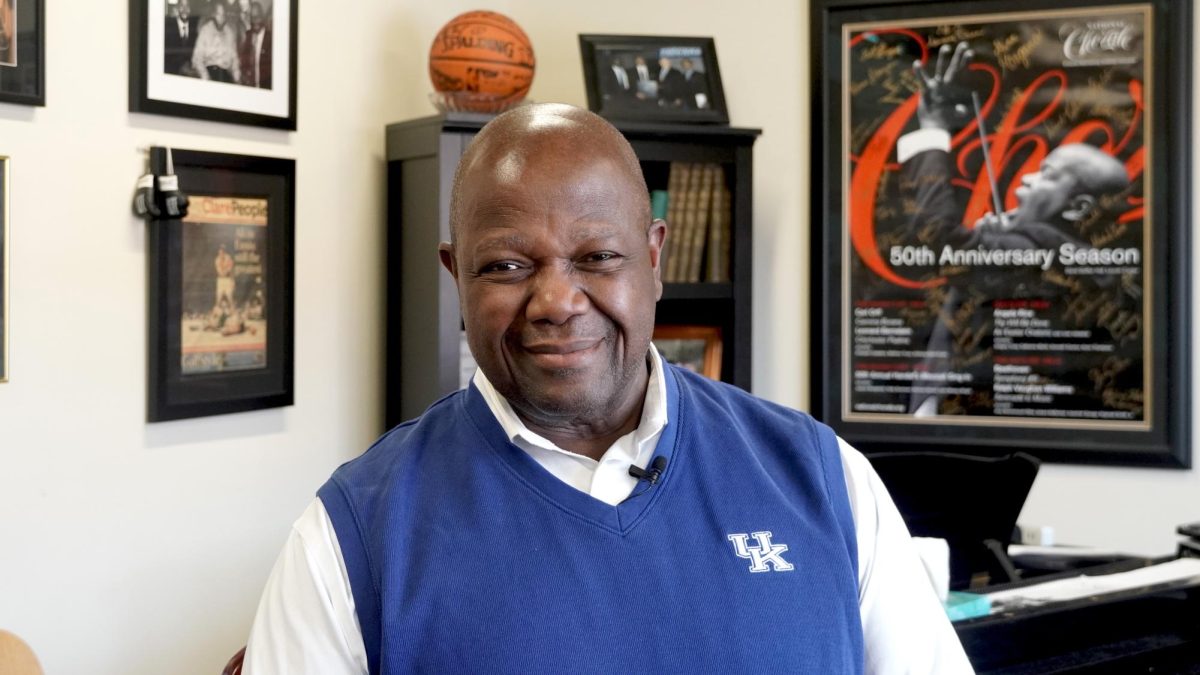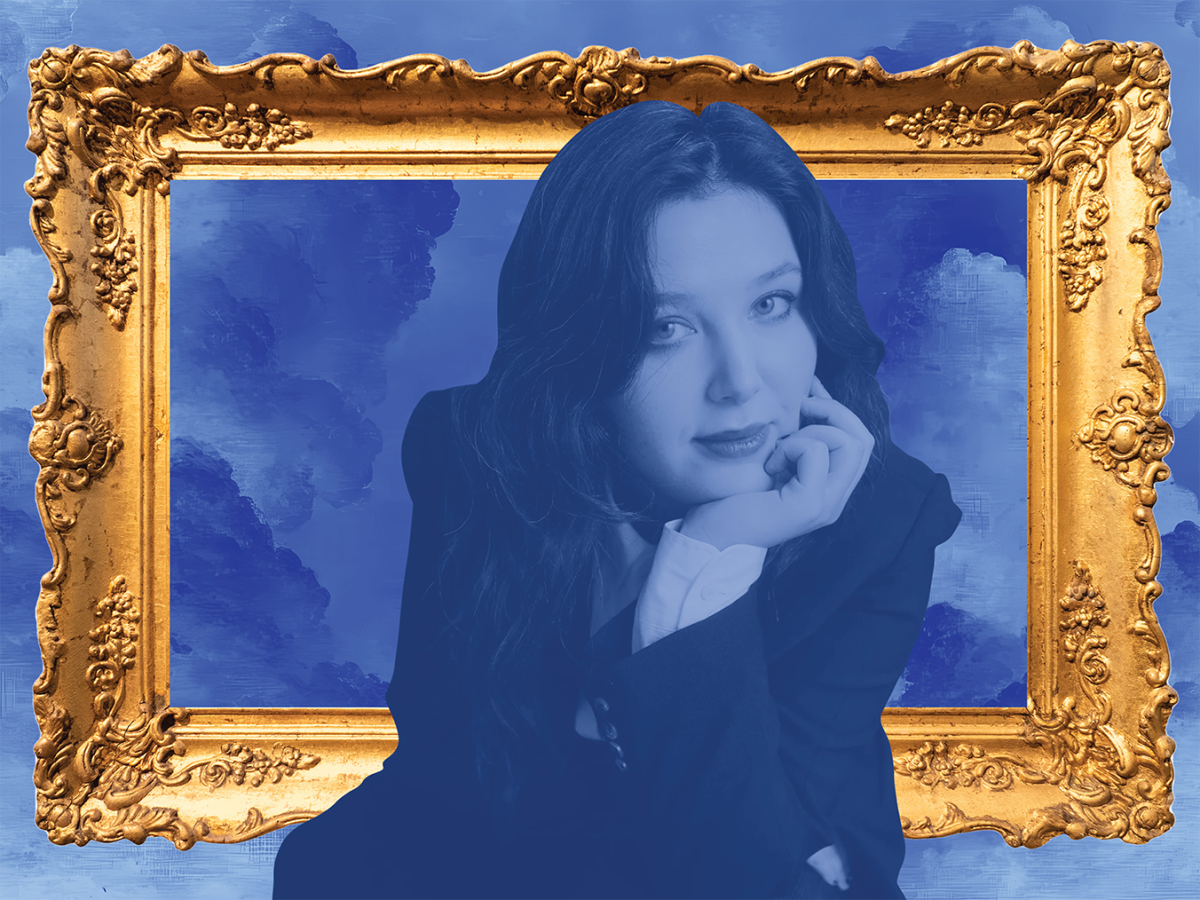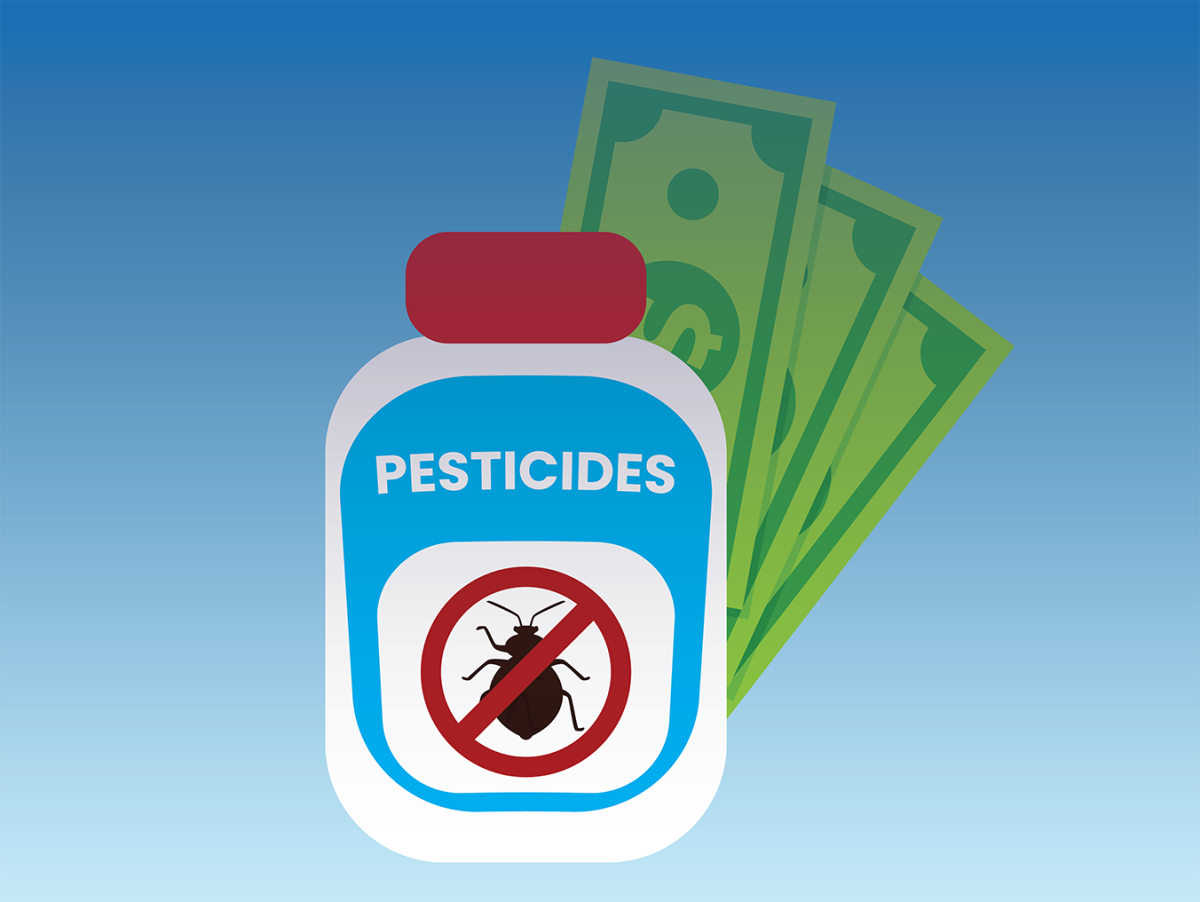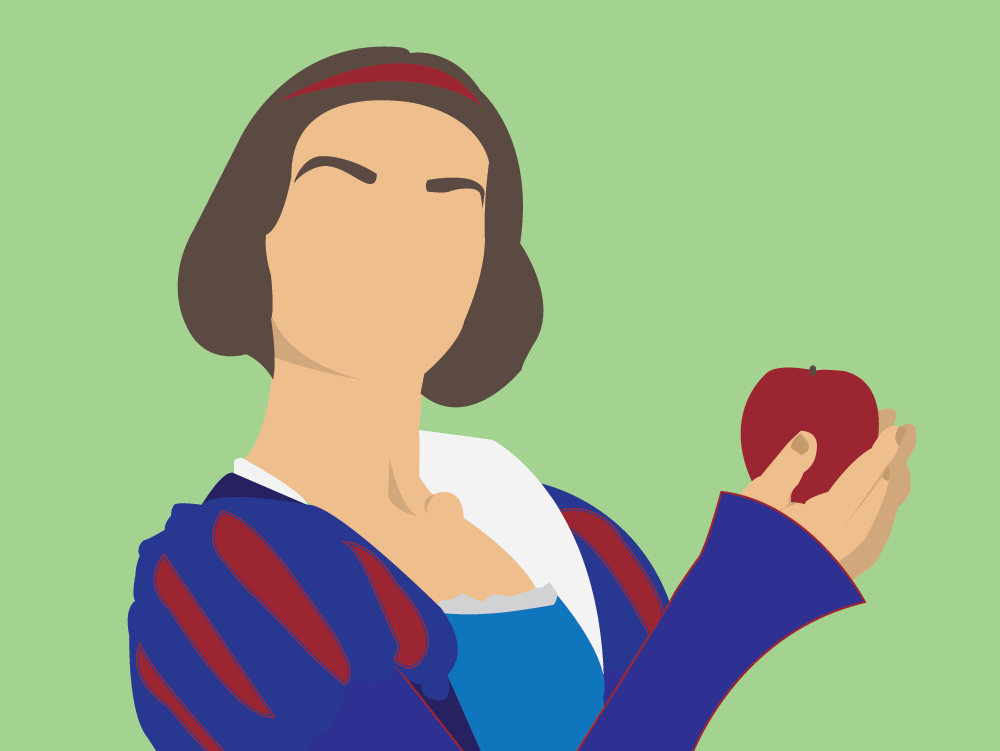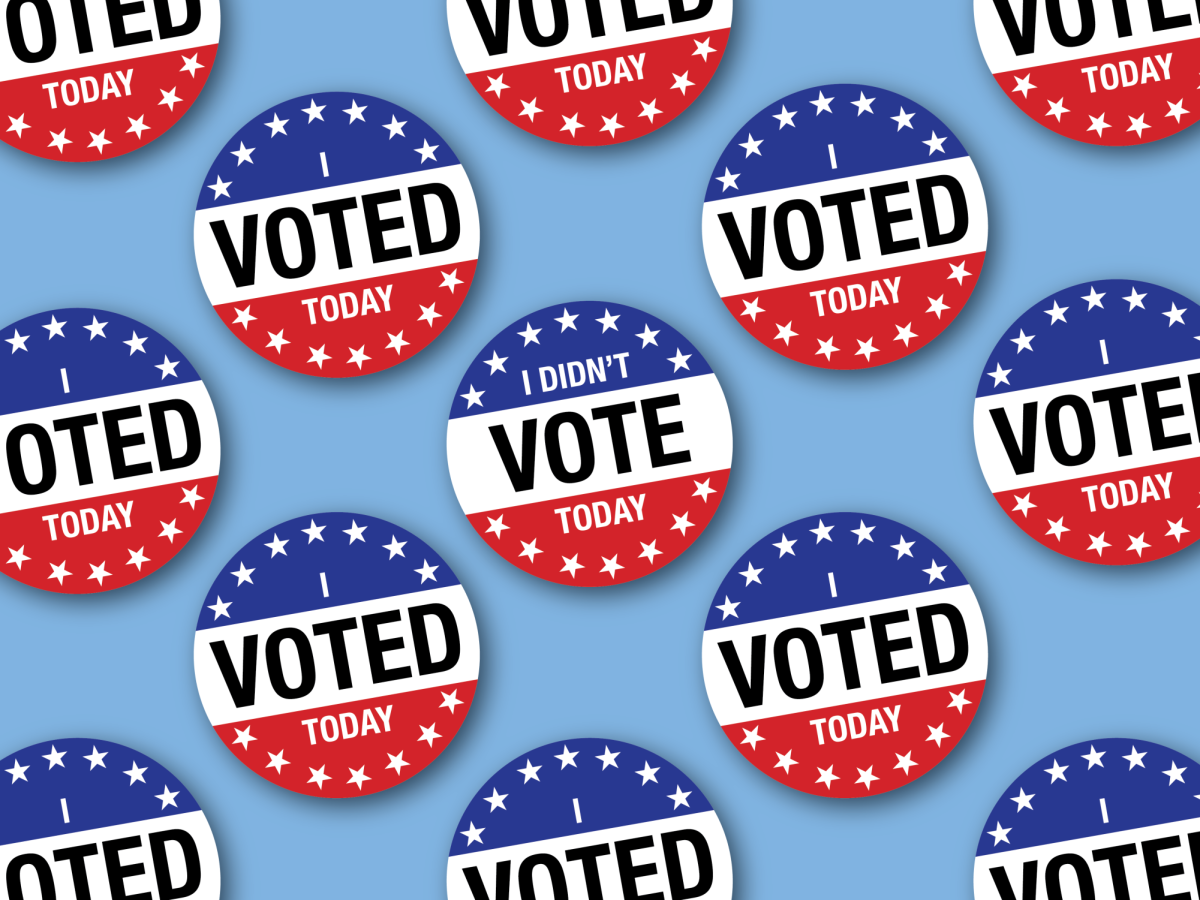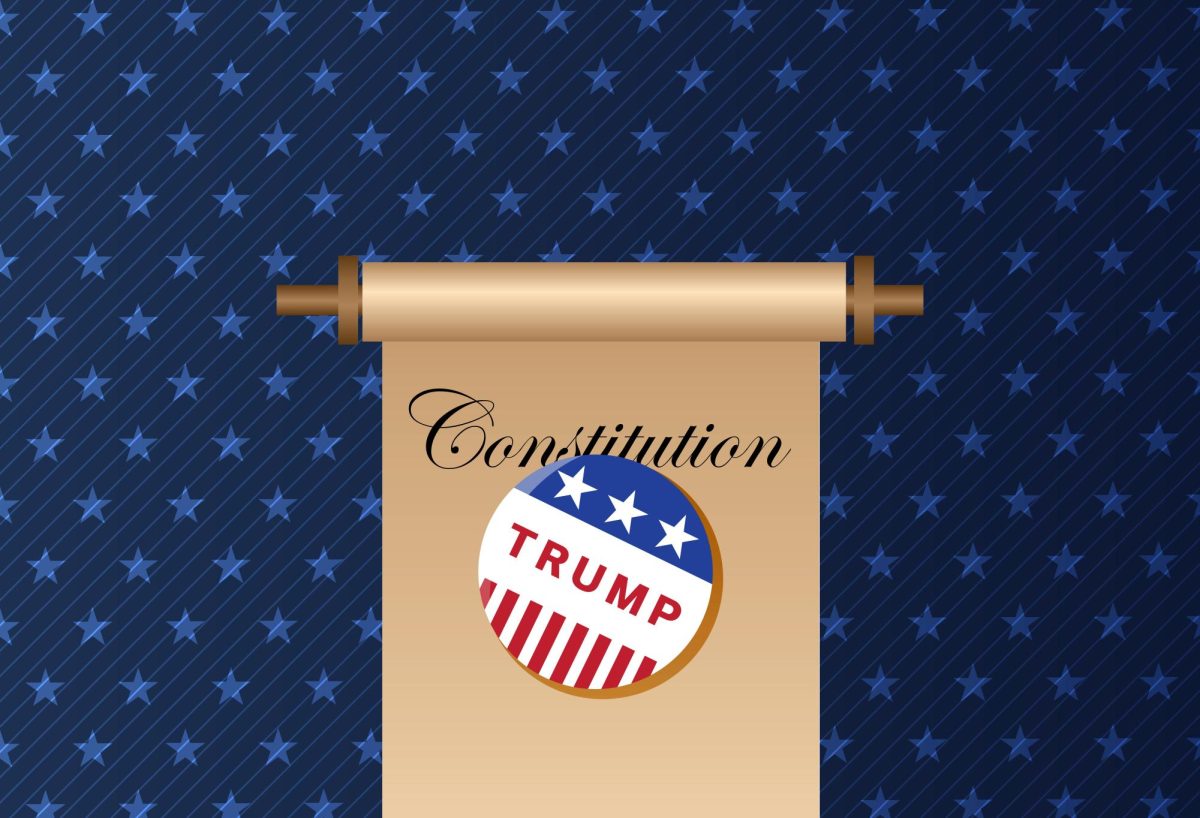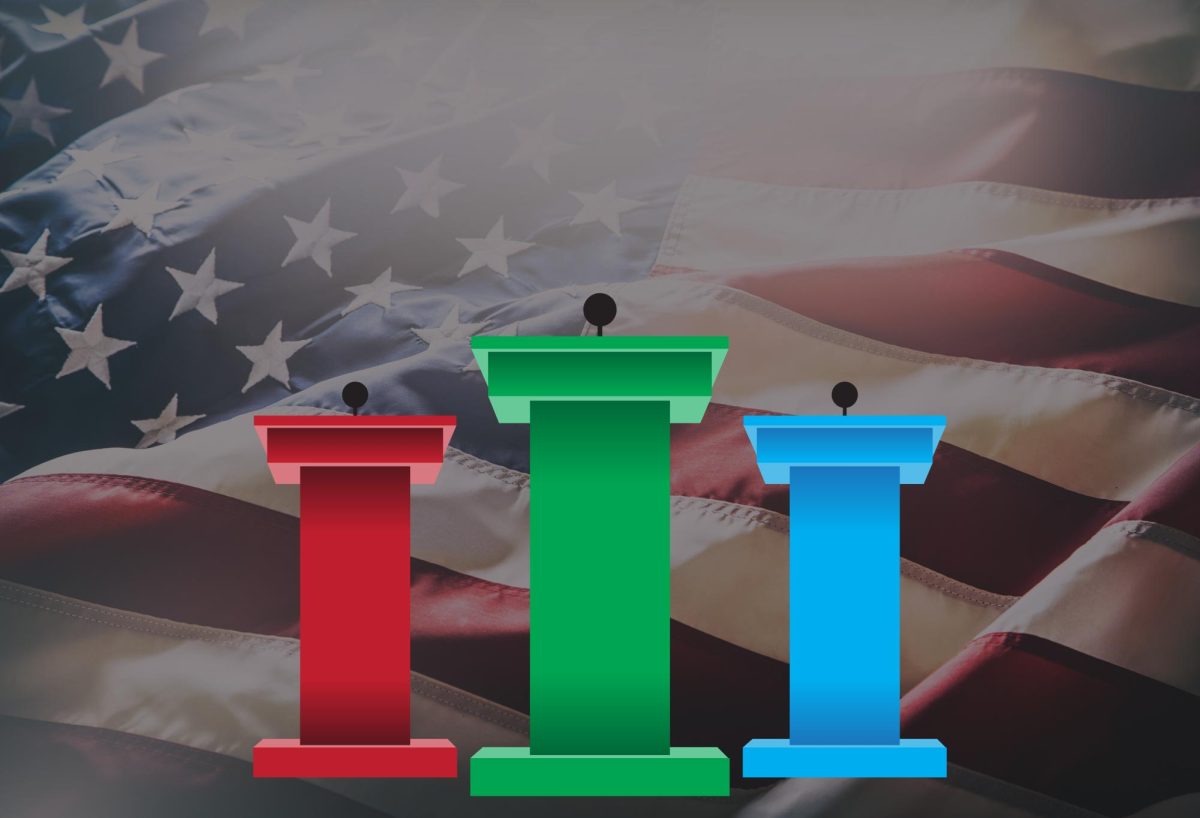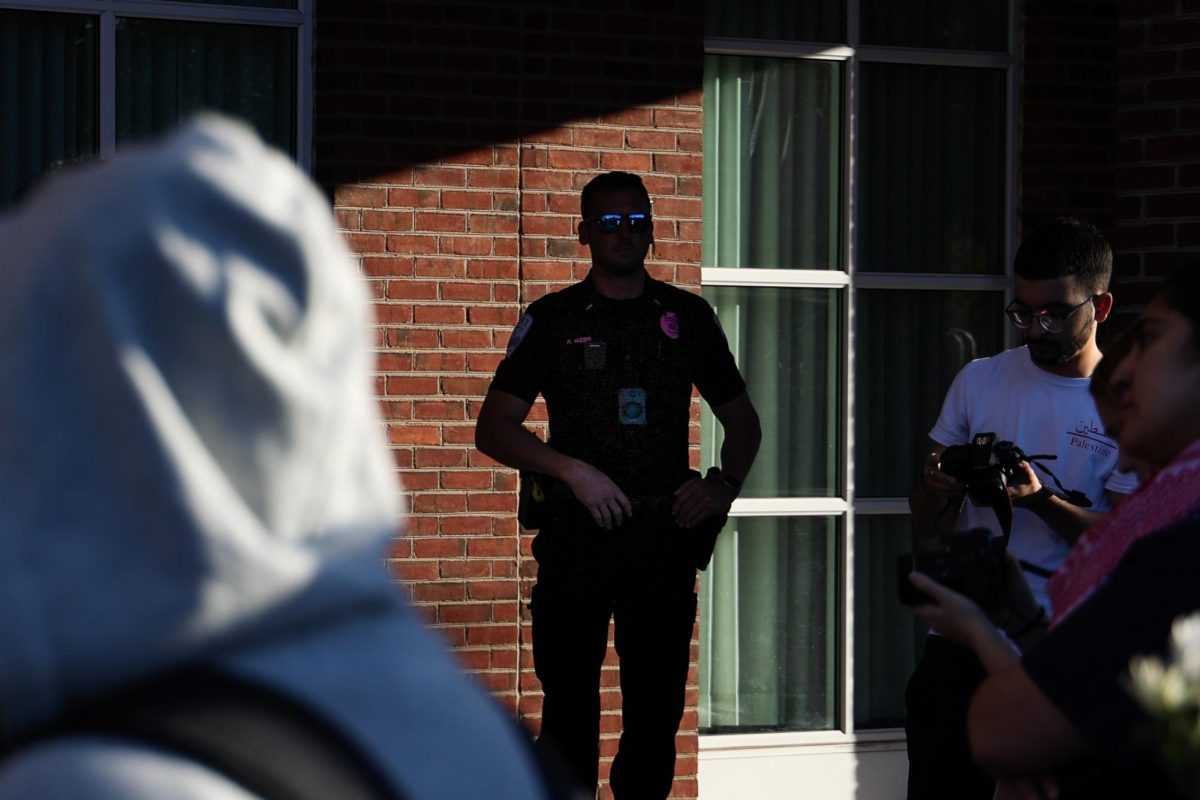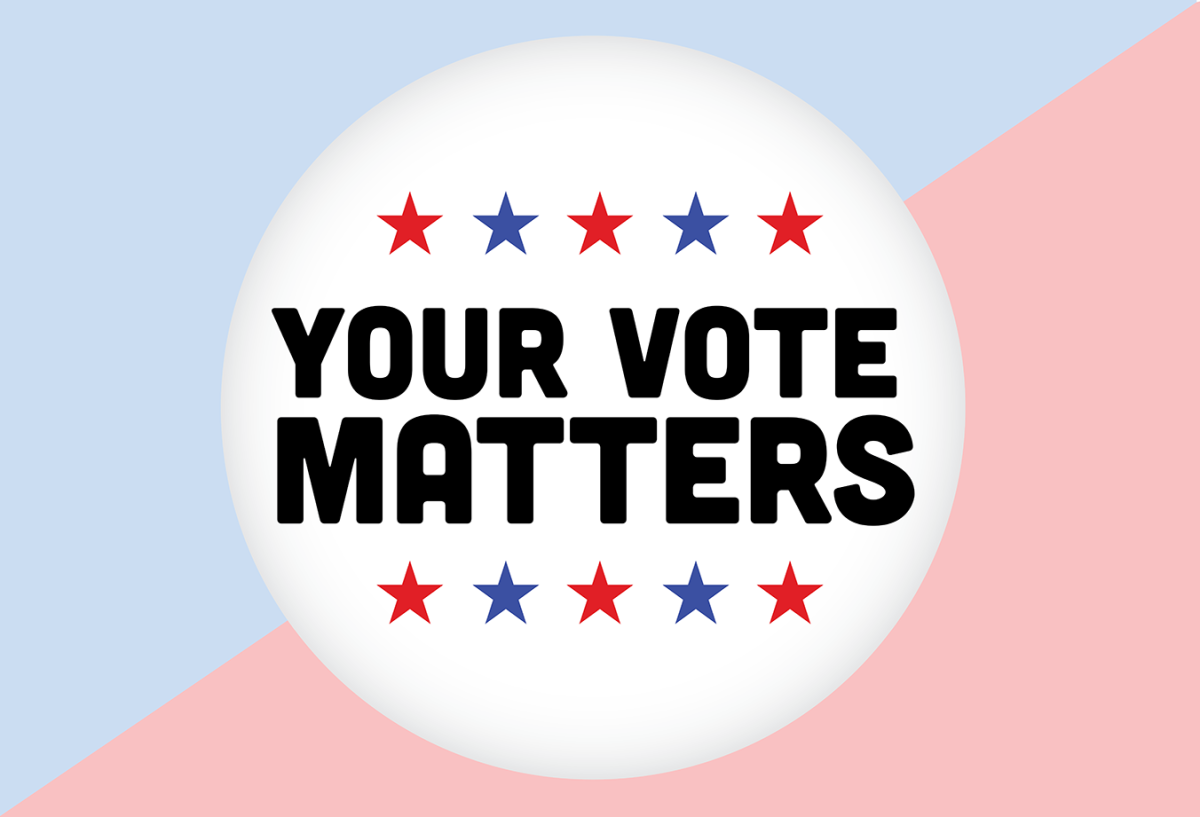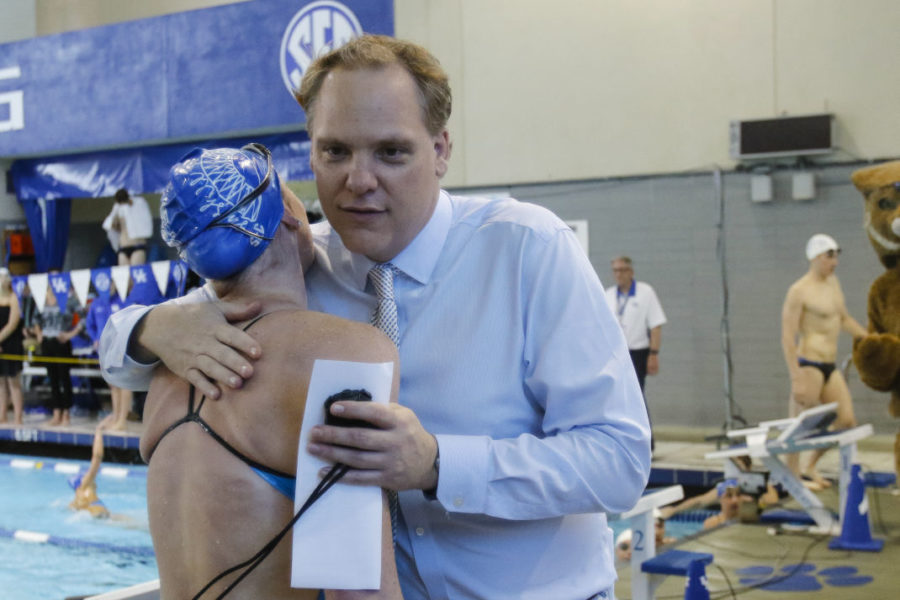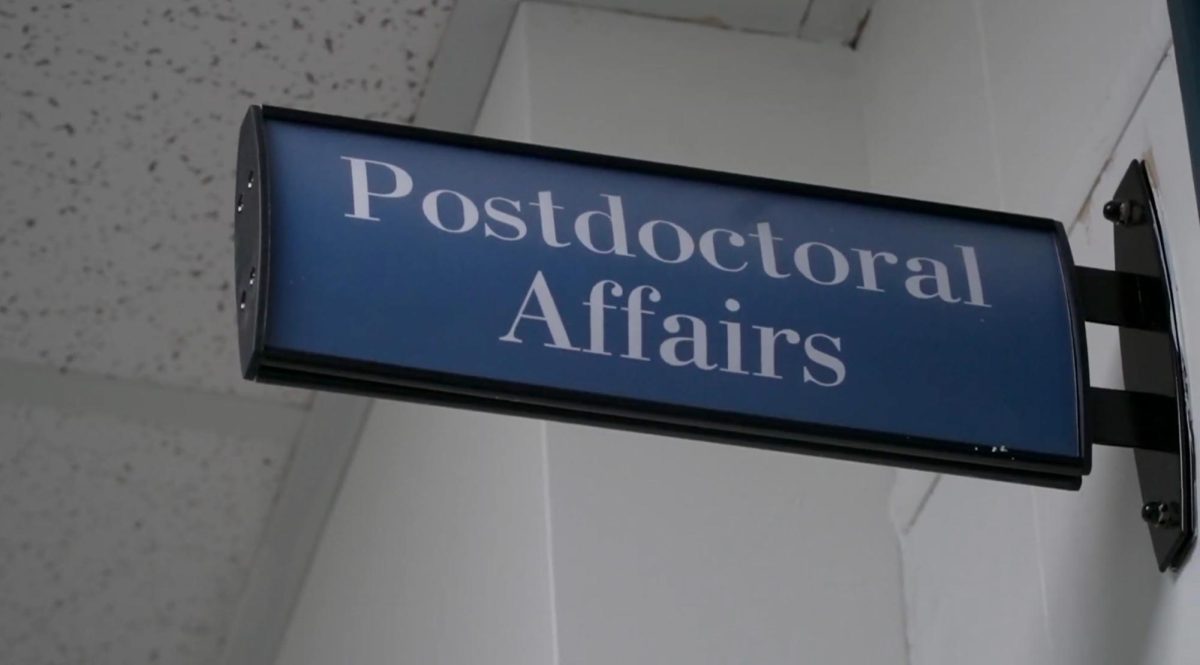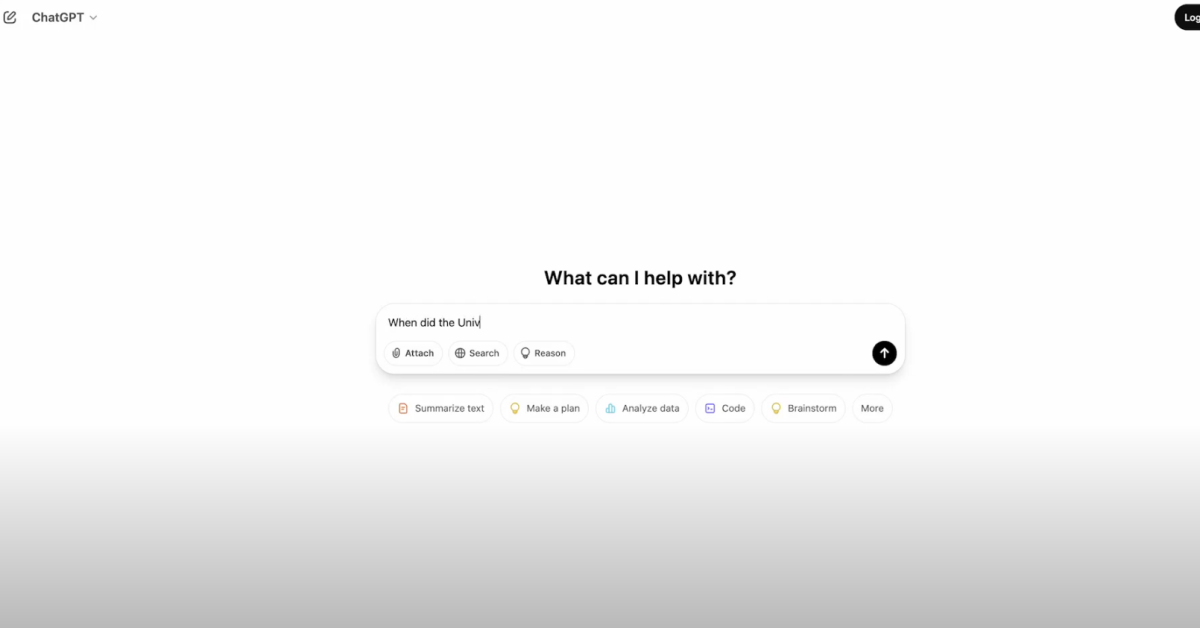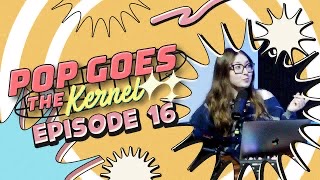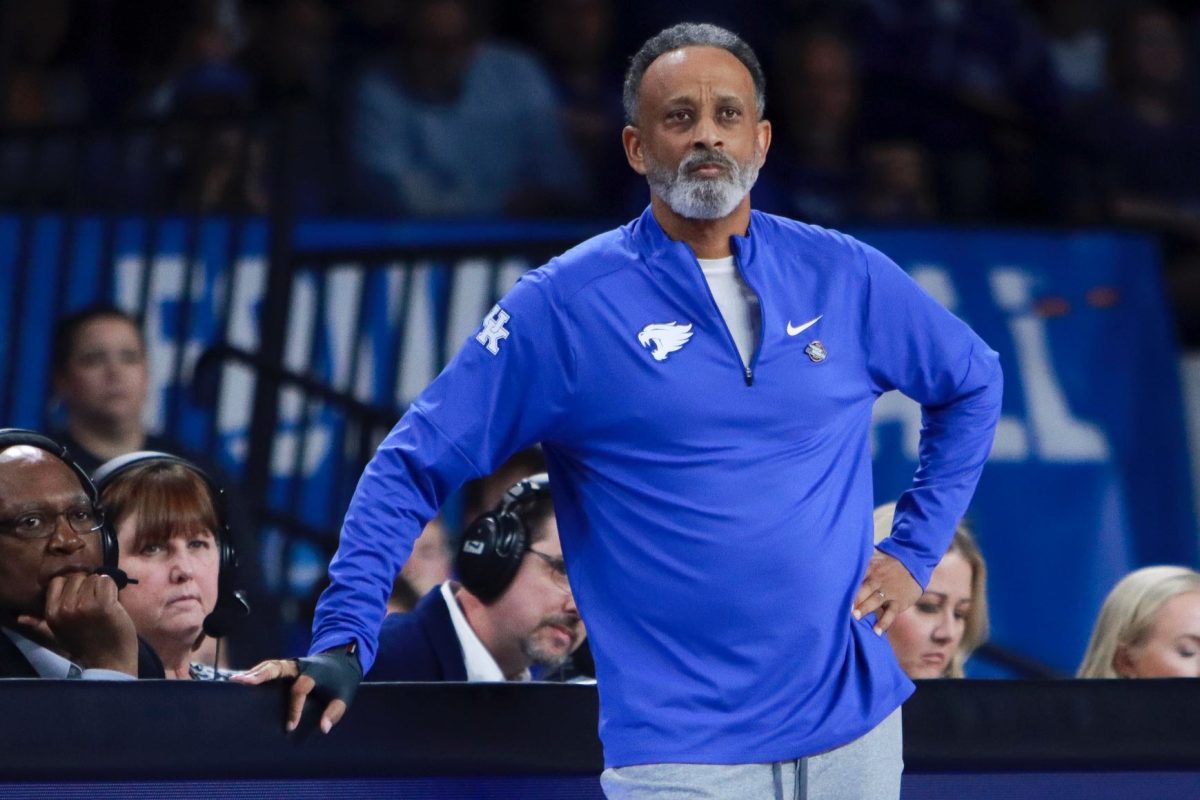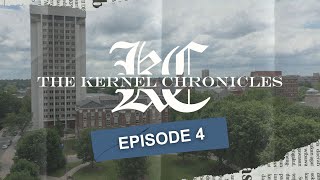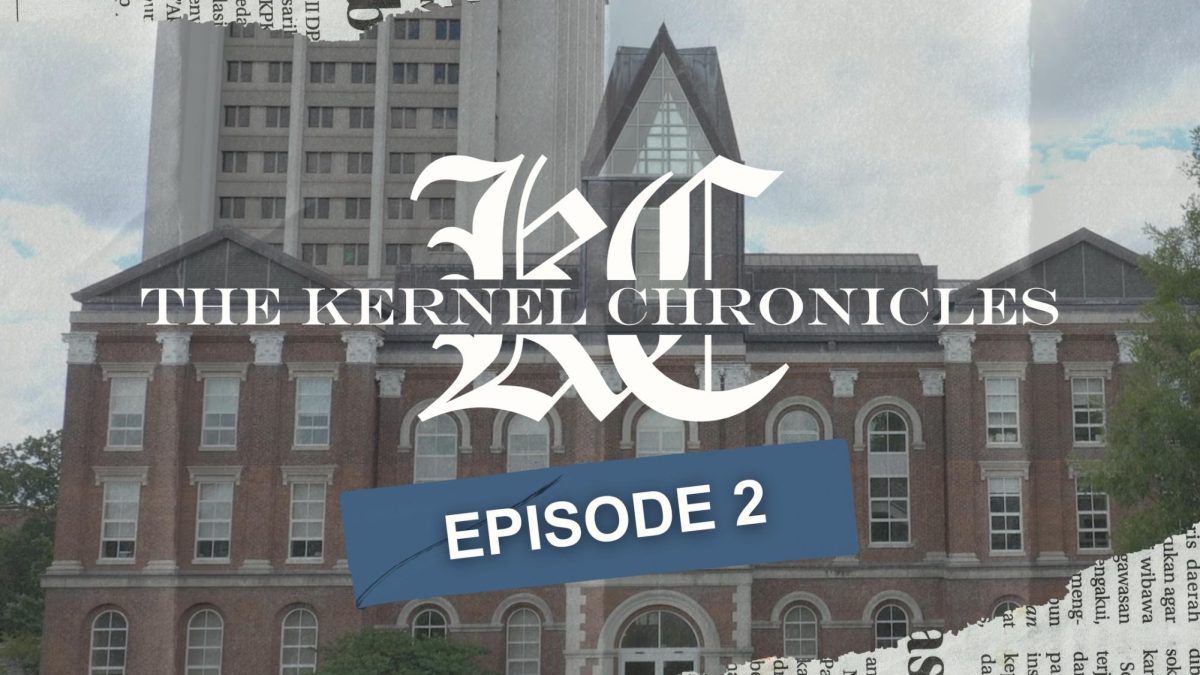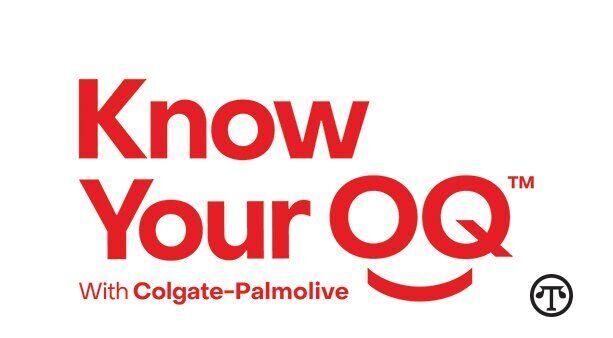Dangerous Teenage Love: ‘Twilight’s’ appeal comes from the ‘bad boy’ fantasy
November 19, 2009
By Megan Hurt
Hollywood has a fascination with vampires, and this fascination has spawned a cultural phenomenon of dangerous love in vampire form.
The new vampire craze is the “Twilight†series, novels written by Stephenie Meyer that have been turned into films.
Friday at midnight, the second film in the “Twilight†saga, “New Moon,†will open in sold-out theaters across the nation.
There will be hordes of prepubescent and teenage girls lined up at the theaters. But there will also be college-aged girls in line. Most will be just as, if not more, excited to see the story of Edward and Bella on the big screen again.
“Twilight†explores the relationship of a vampire, Edward, and his human girlfriend, Bella, and the trials they encounter dealing with their love for each other. The story is told through four books, ending with (spoiler alert) Bella and Edward living happily ever after.
But why has a young adult novel about teenage vampire love become so popular with college women?
“The book is not exceptional,†said Janice Oaks, who is teaching “Twilight†as part of a Gender and Women’s Studies class this semester. “It doesn’t break any new ground, but clearly (Meyer) has an audience … enough to make this woman a fortune.â€
Oaks said the first “Twilight†book is not literature, does not have an imaginative plot and does not break ground in the literary or cultural world.
“The core thing that draws young women to this is the intense emotions Edward has for Bella,†Oaks said. “The idea is, ‘I can make a bad boy good. I can get a bad boy and make him love me enough to change.’ That’s a powerful fantasy, but it’s still a fantasy.â€
Stephanie Carter, a psychology freshman, loves the “Twilight†book series, and said she understands how the plot taps into the bad boy fantasy in young women.
“That’s probably why so many girls love it,†she said. “Most of us want the bad boy, but why do we want the bad boy? Because he is dangerous and cool, yes, but at the same time, we want the bad boy because we want to be the special one who changes him.â€
Chris McCurry, an English senior, said he read all four of the “Twilight†books on the recommendation of his girlfriend, but in the end was not pleased with the series. He believed the only thing that held the book together was Edward and the audience’s attraction to him.
“The single thread that held the first novel, and every teenage girl’s attention, was the characterization of this young vampire,†McCurry said. “The tragic part about this character is he becomes little more than an icon of a girl fantasy. He never develops. He remains forever sparkling and dreamy, and fails to become of literary importance.â€
Oaks said the book is as conventional as a romance novel, and the characters reflect the romance genre and expectations of women in relationships today, by making Edward the center of Bella’s world.
“These are characters that would appear right out of a romance novel,†she said. “Bella is innocent and inexperienced and the vampire is dangerous … True to form, (Bella) is someone who becomes completely enmeshed in (Edward) and that’s the expectations for women today.â€
However, Oaks said Bella is not a conventional heroine, instead she is neither rich nor beautiful, and becomes more passive as the first book goes on and she becomes more in love with Edward.
Carter agrees Bella is passive, but thinks Meyer wrote her character true to how real teenage girls act.
“Yes, she is passive, but that’s what is so great about her character,†Carter said. “It is reflective of teenage girls out there; it’s normal for her to react that way. She is those things, but what teenage girl isn’t?â€
The dangerous part of “Twilight,†Oaks said, is where dangerous love becomes too dangerous, reflecting domestic abuse in our culture. Oaks said there are rumblings of this kind of violence in the first “Twilight†novel.
“There is always that potential (of danger),†she said. “He’s a vampire, he lives off violence, but the danger is at least part of the appeal.â€





